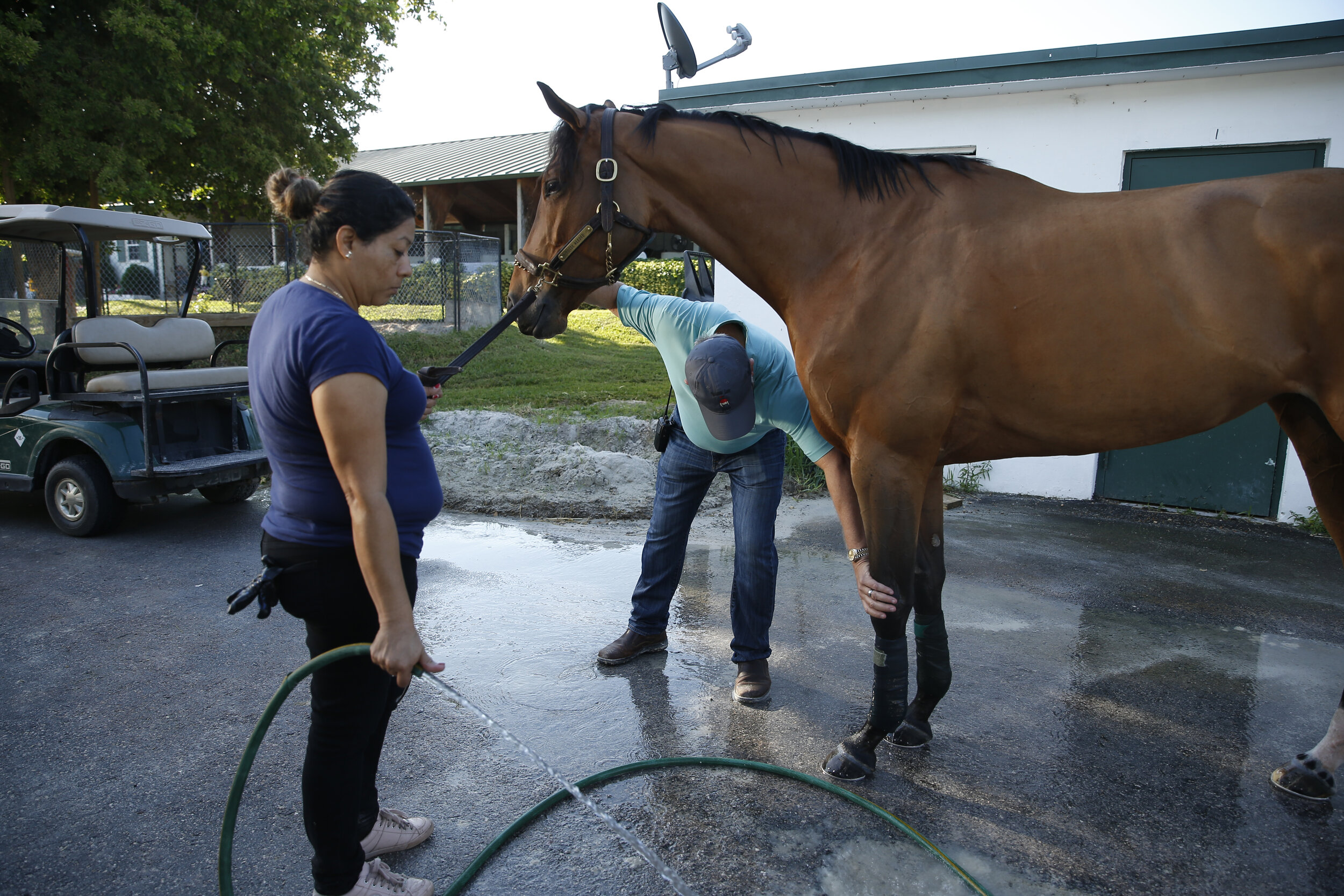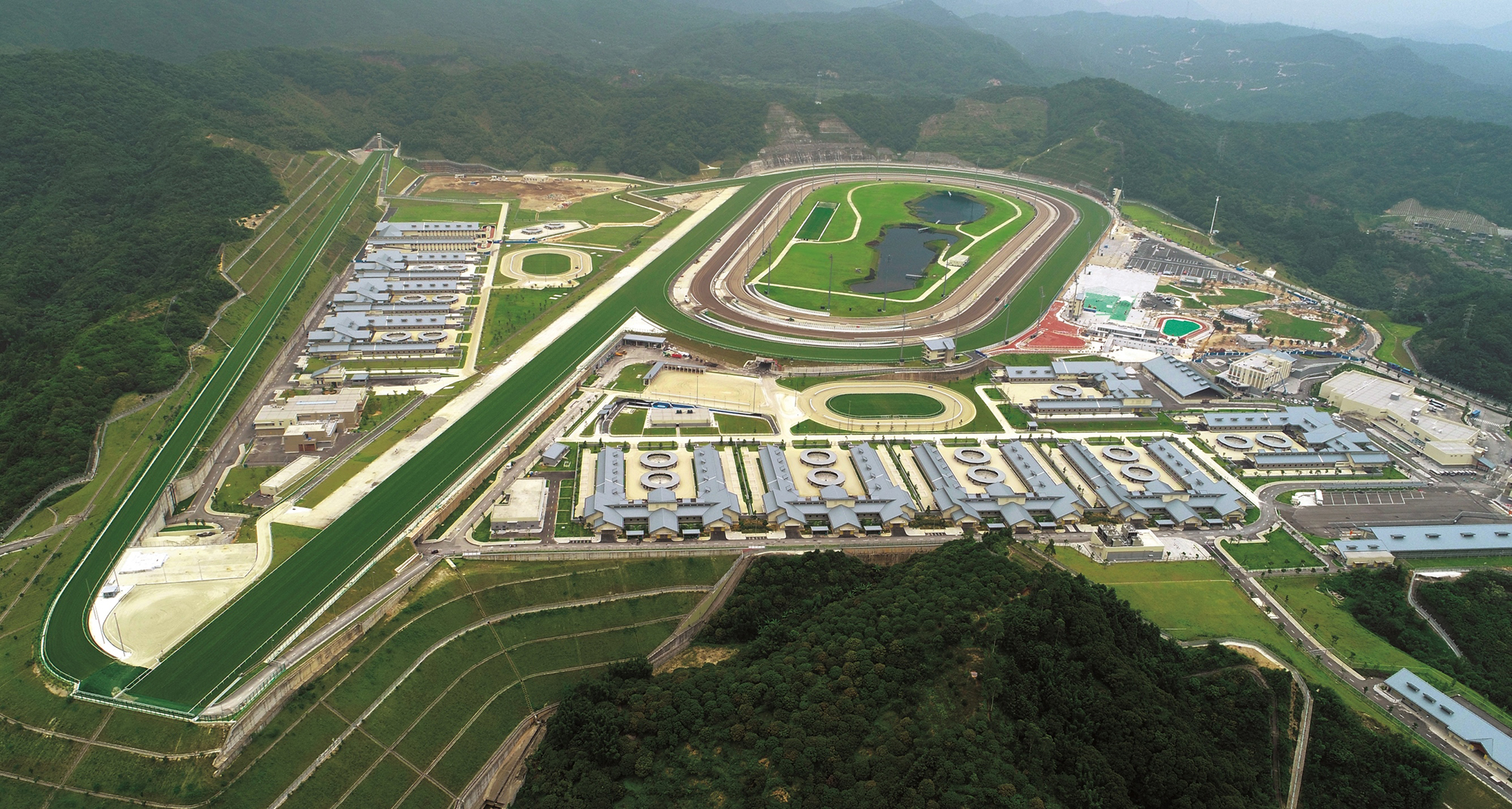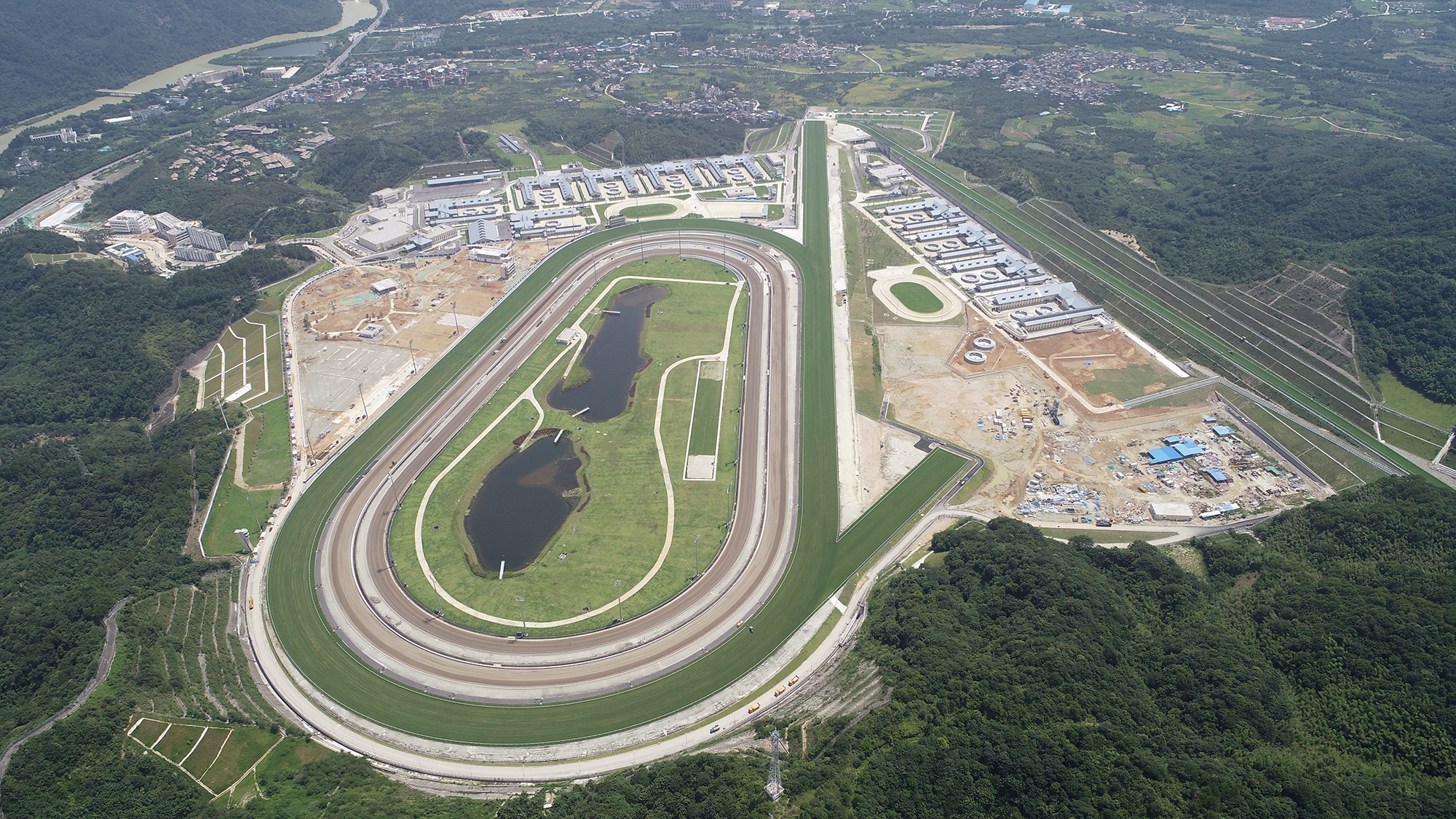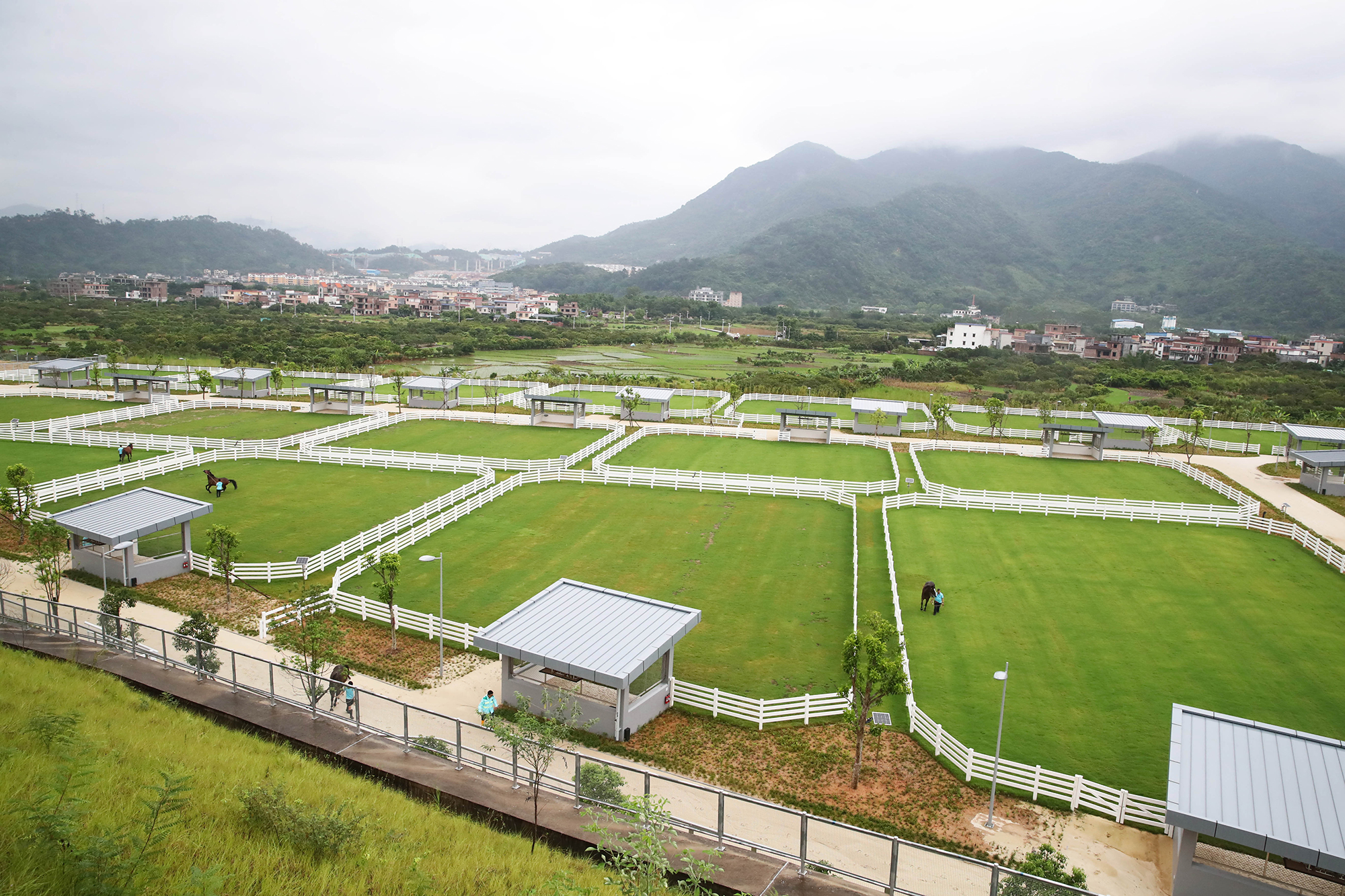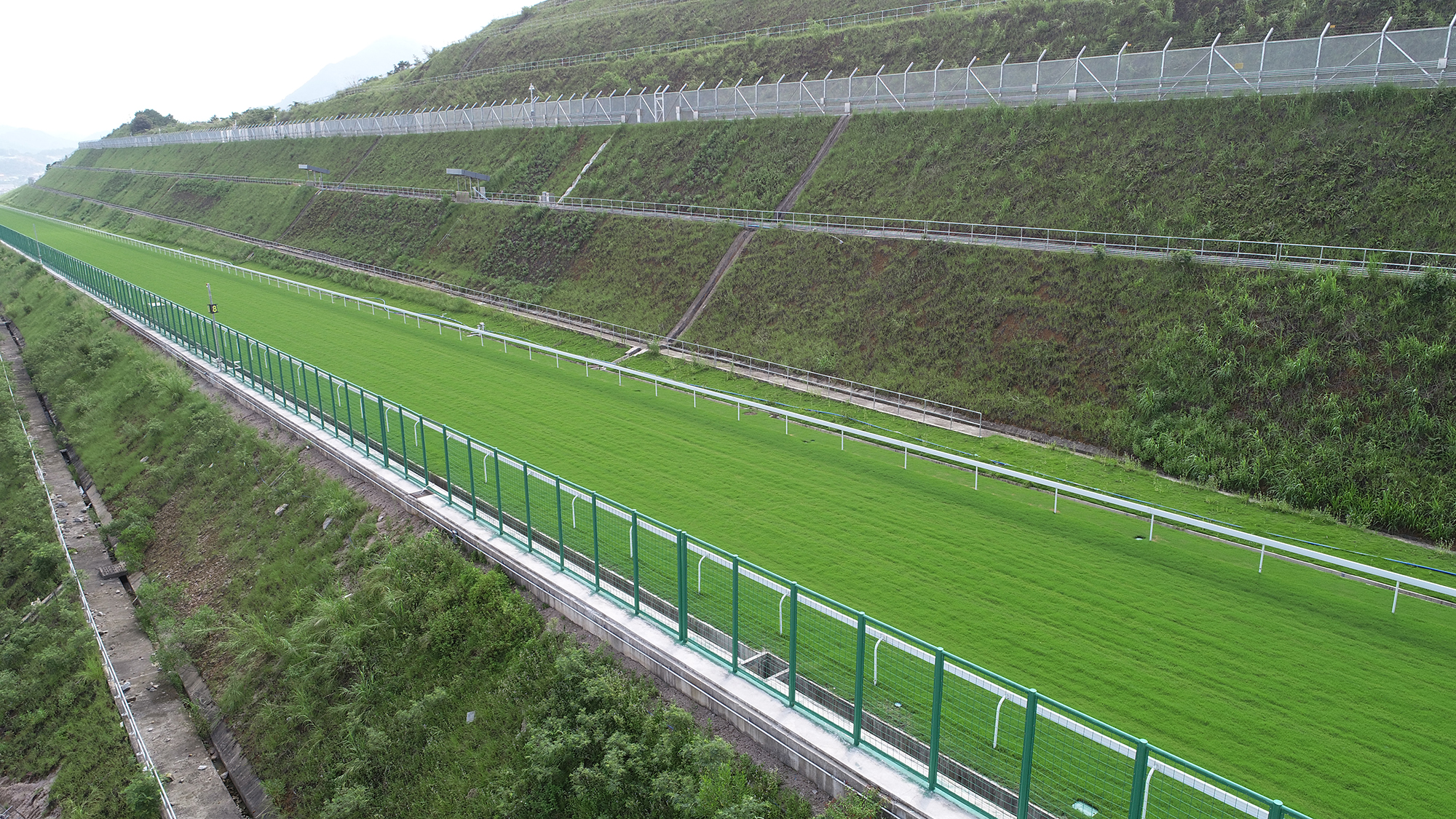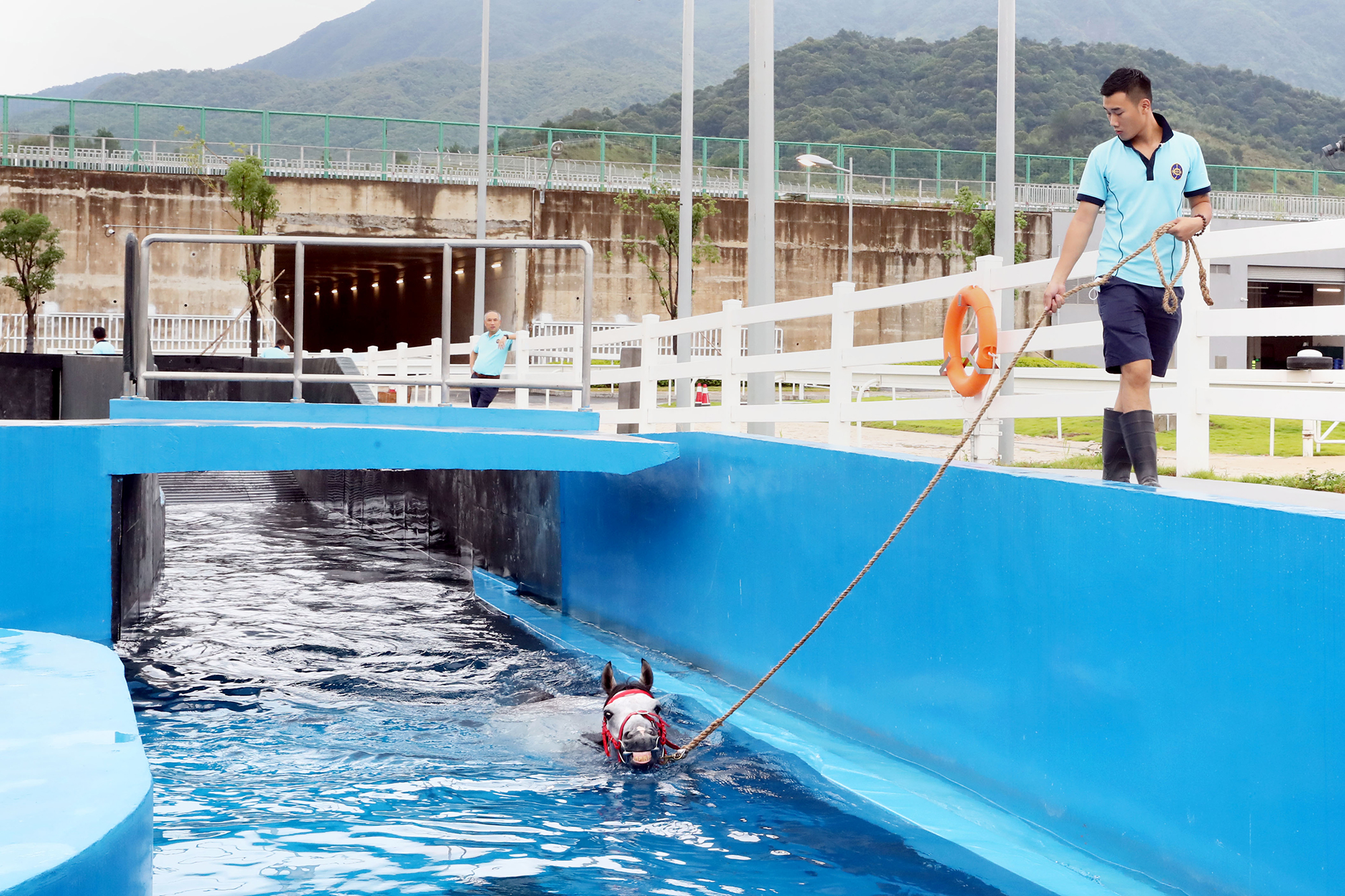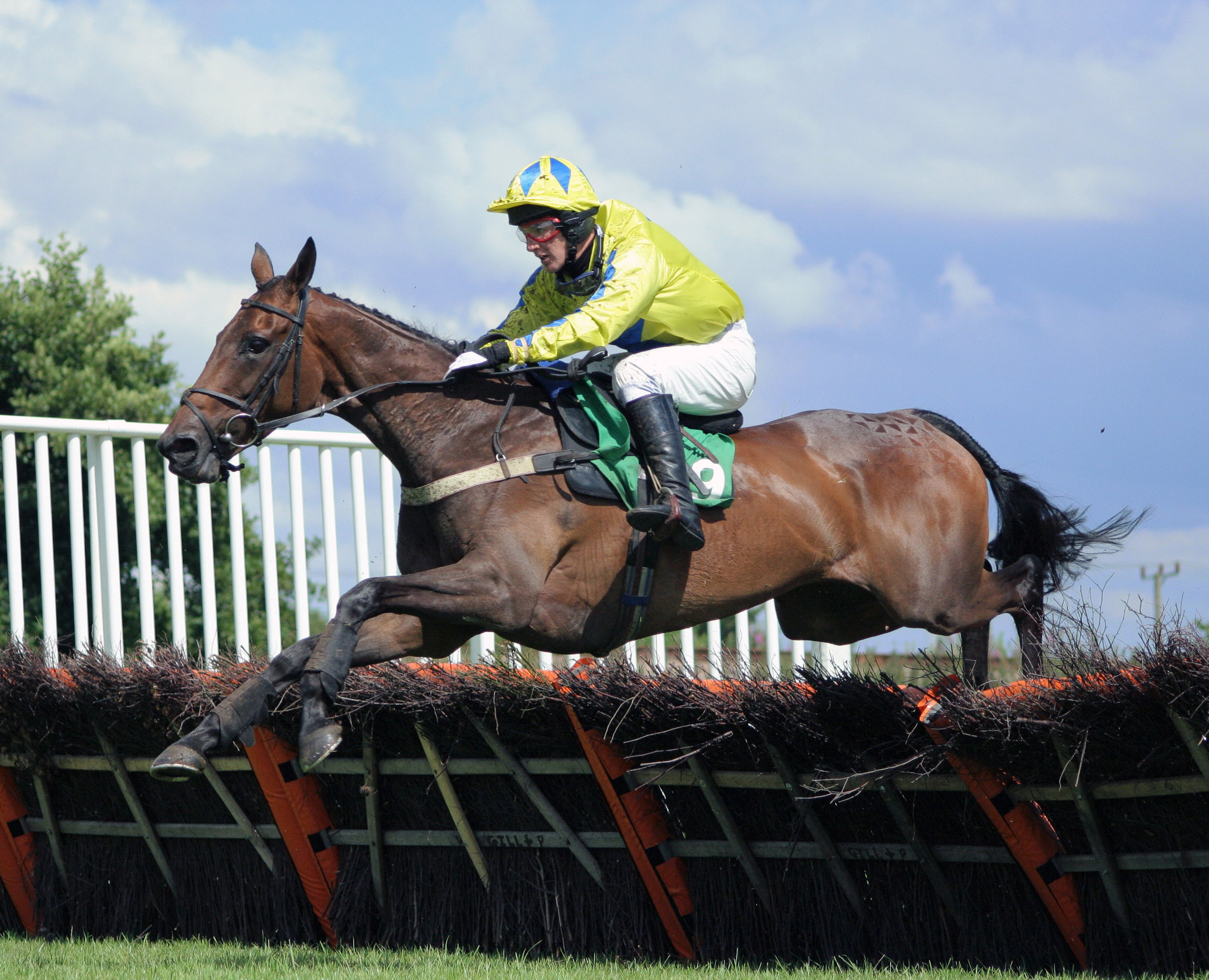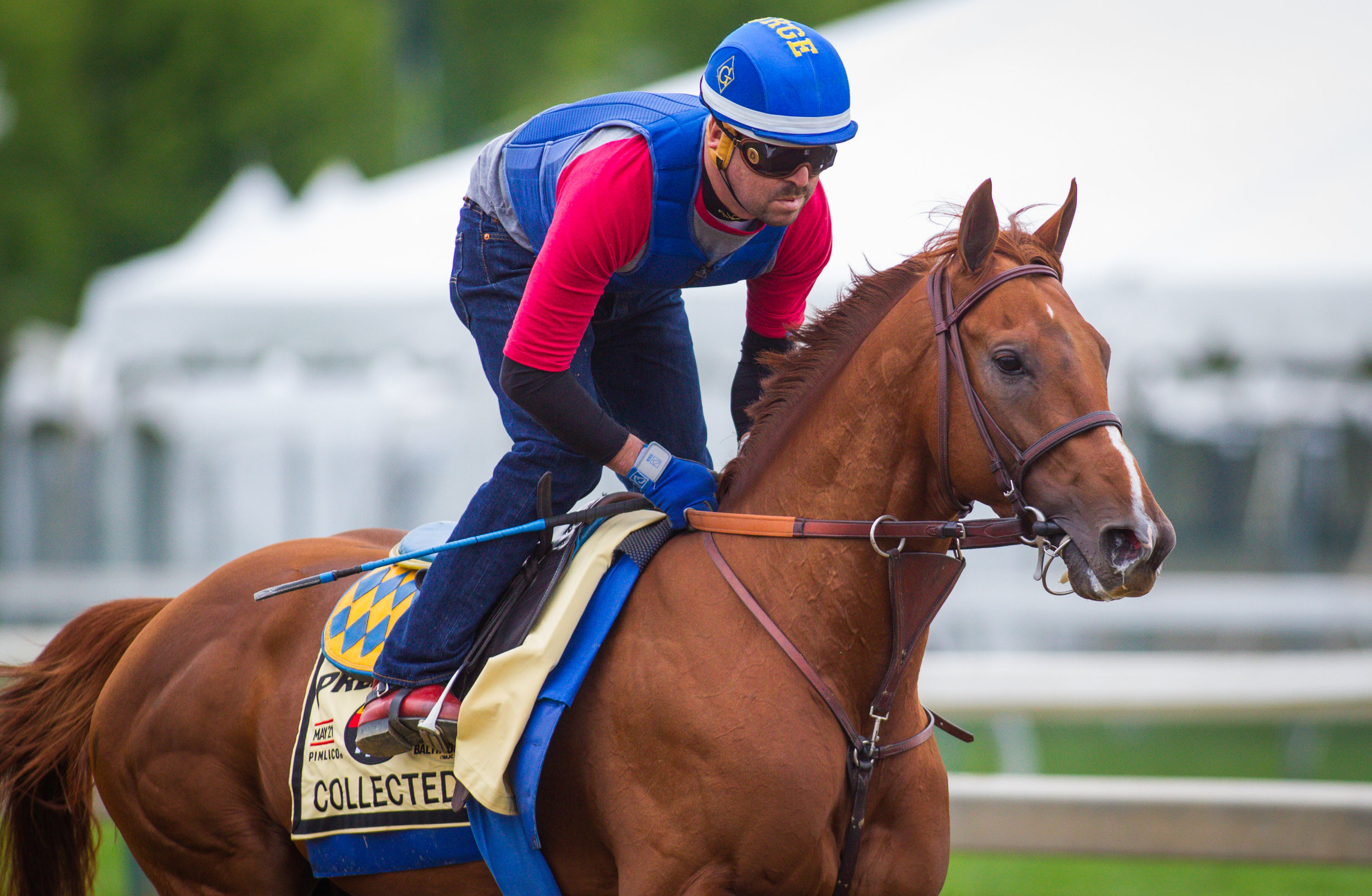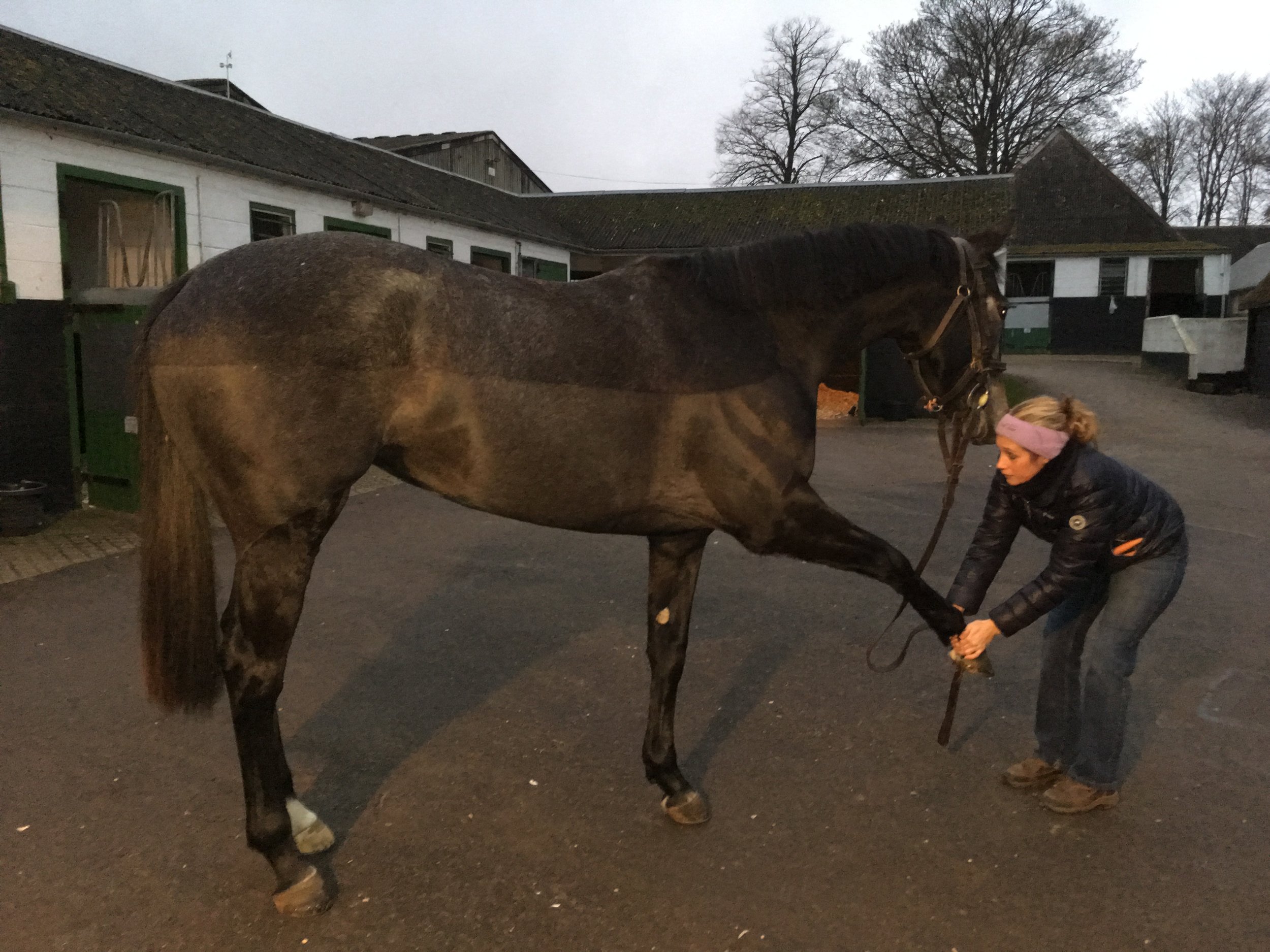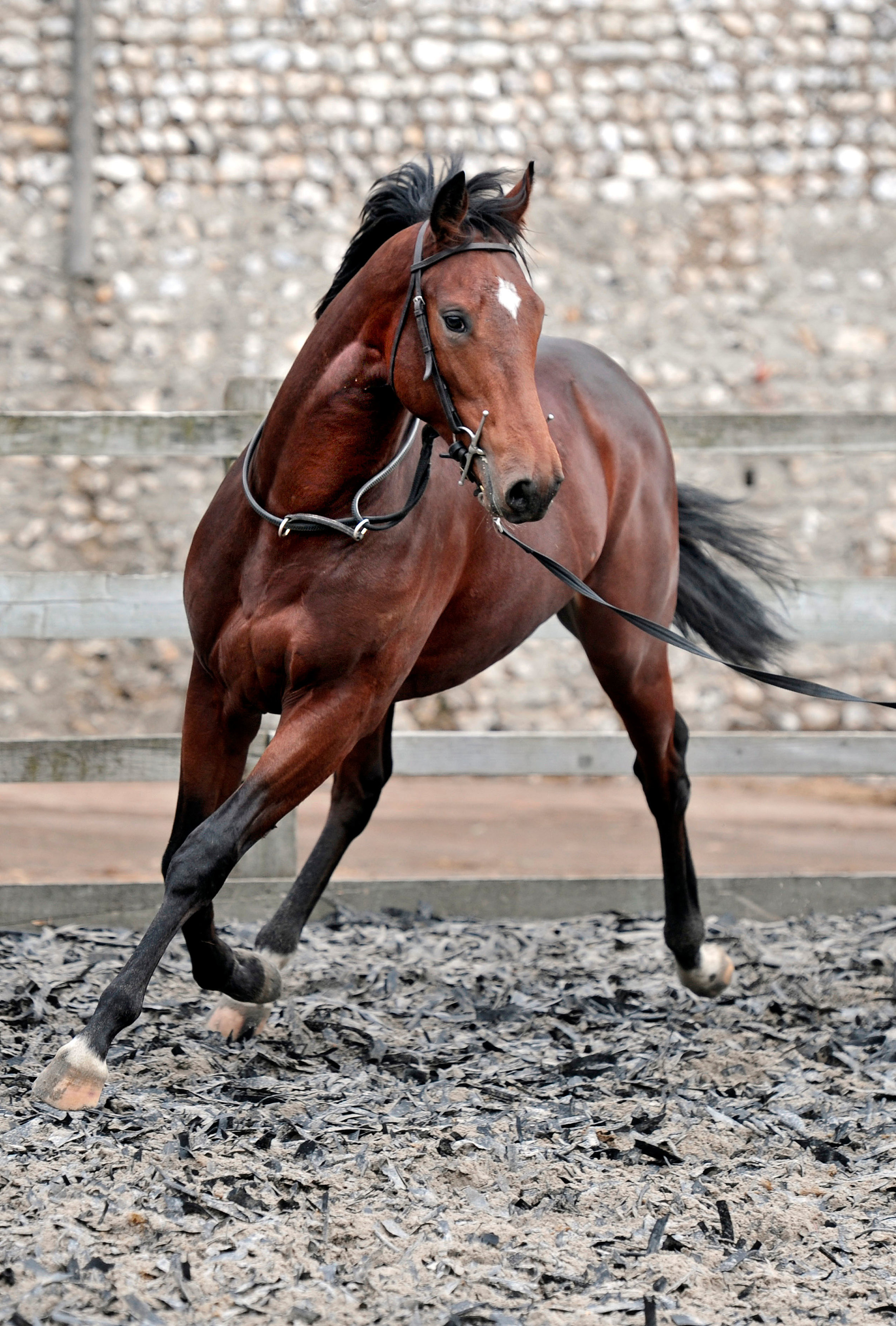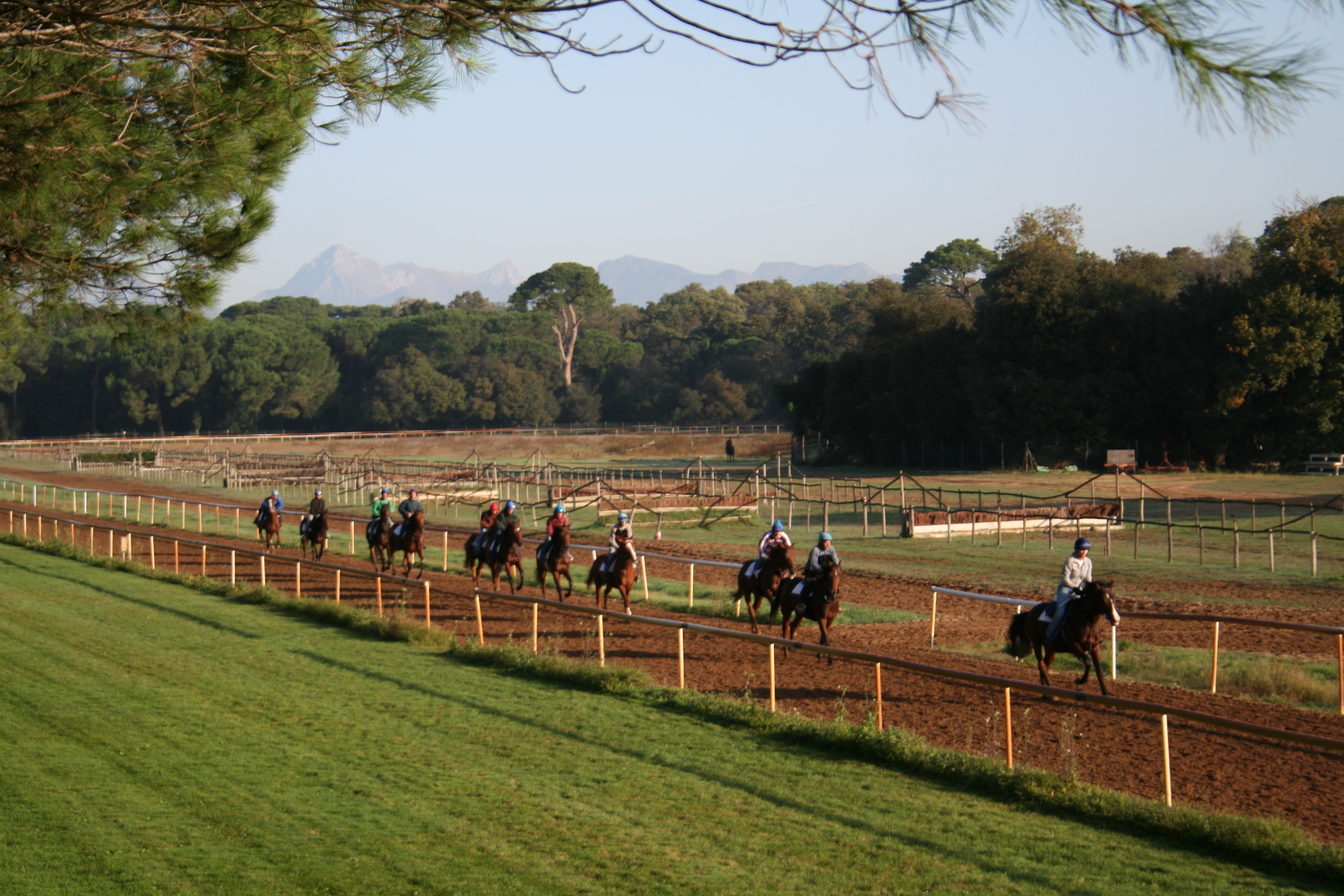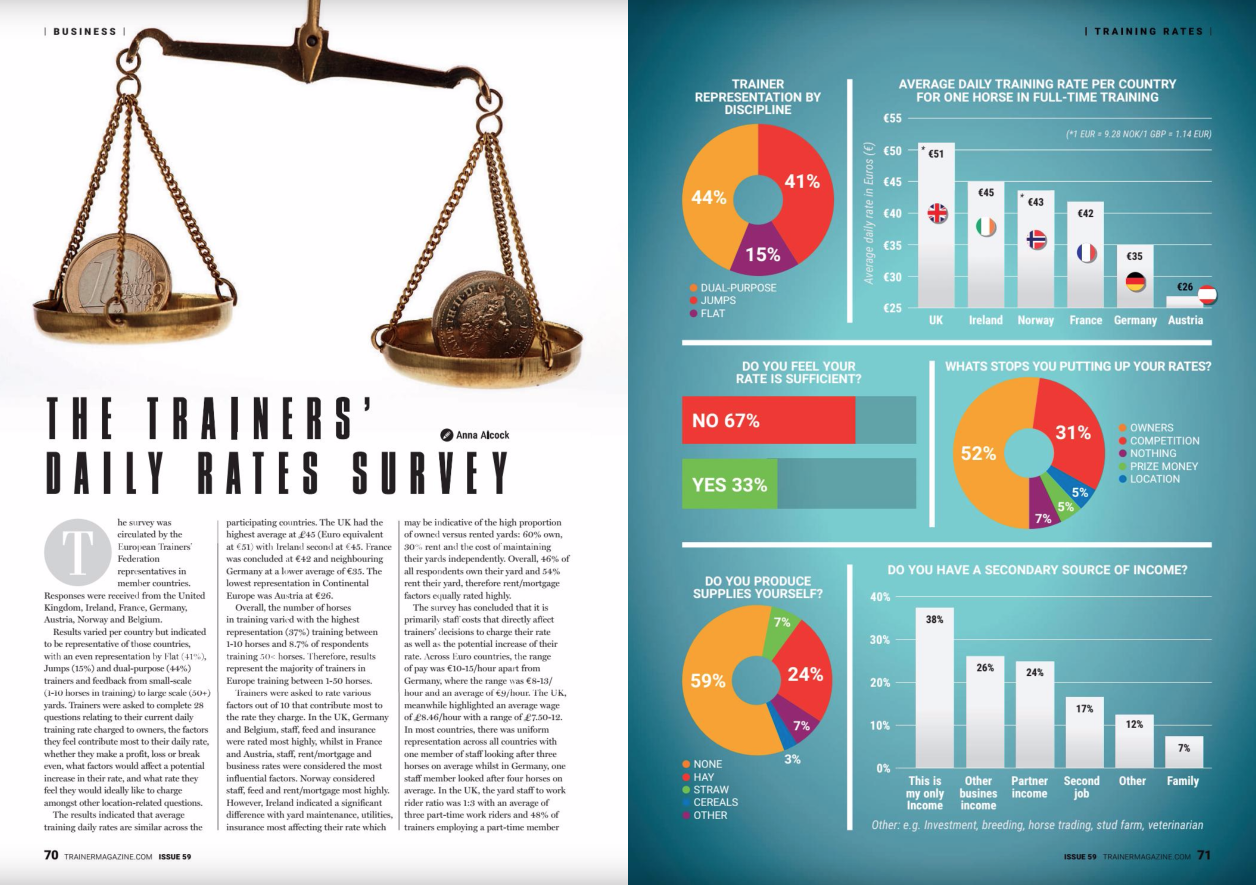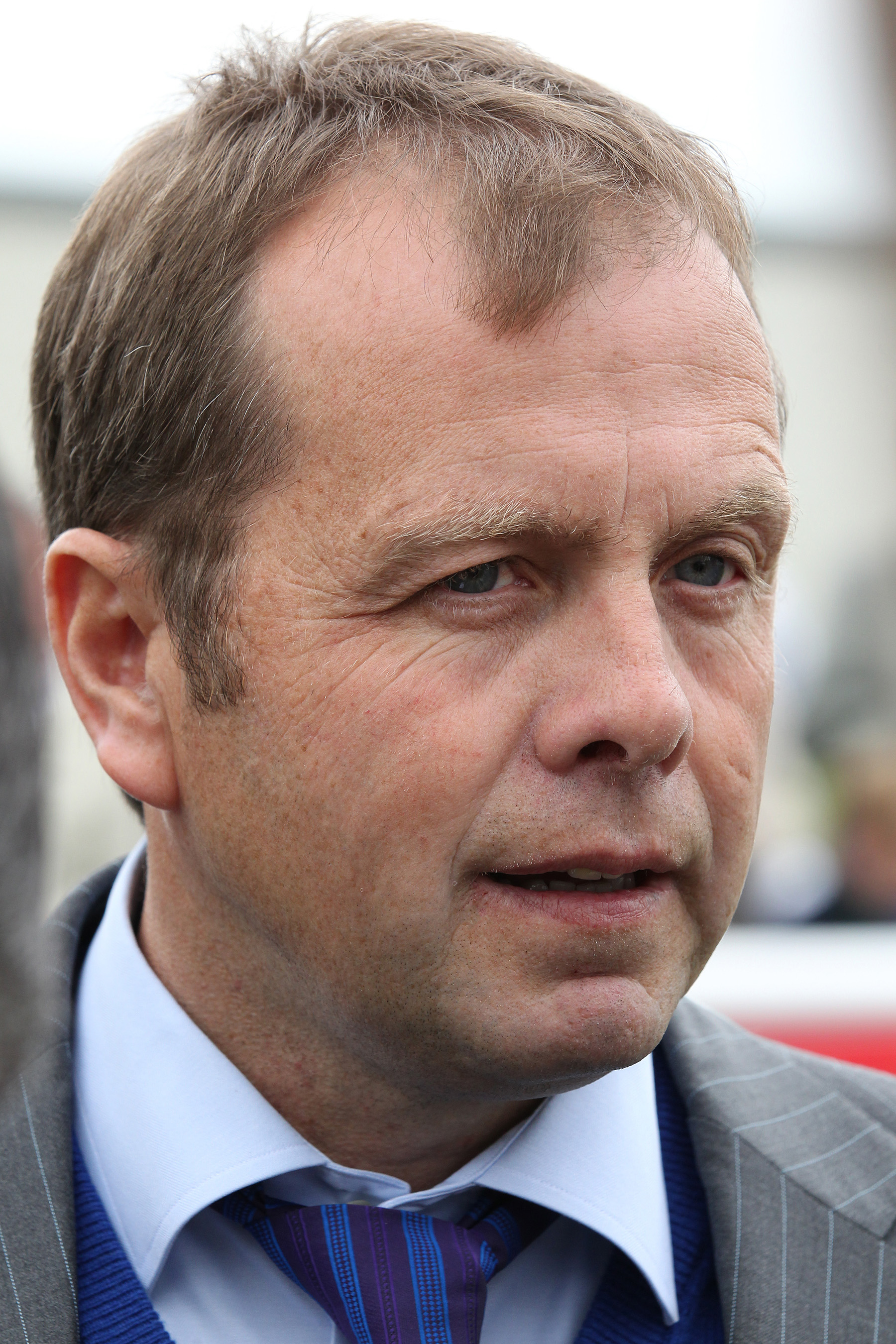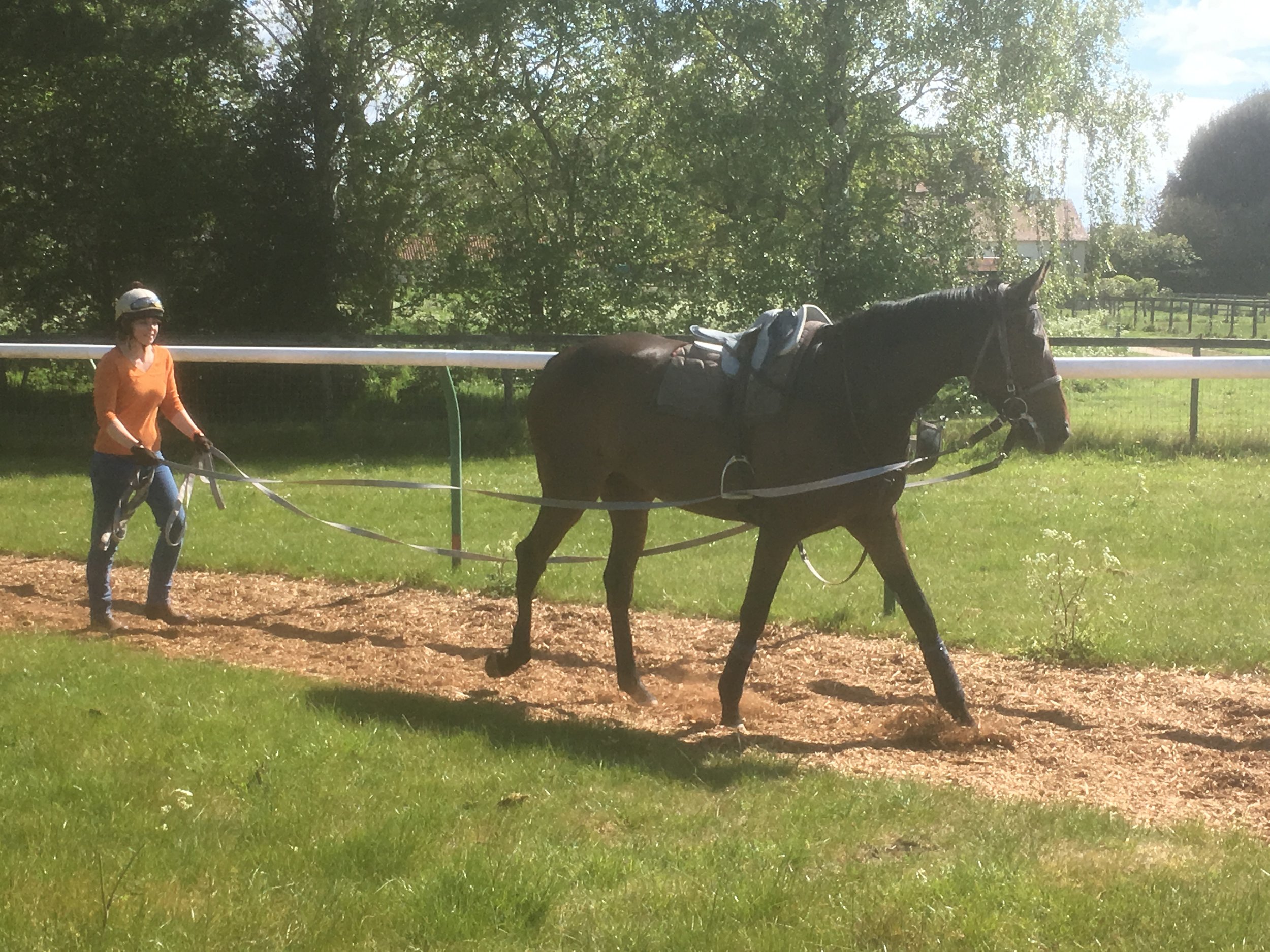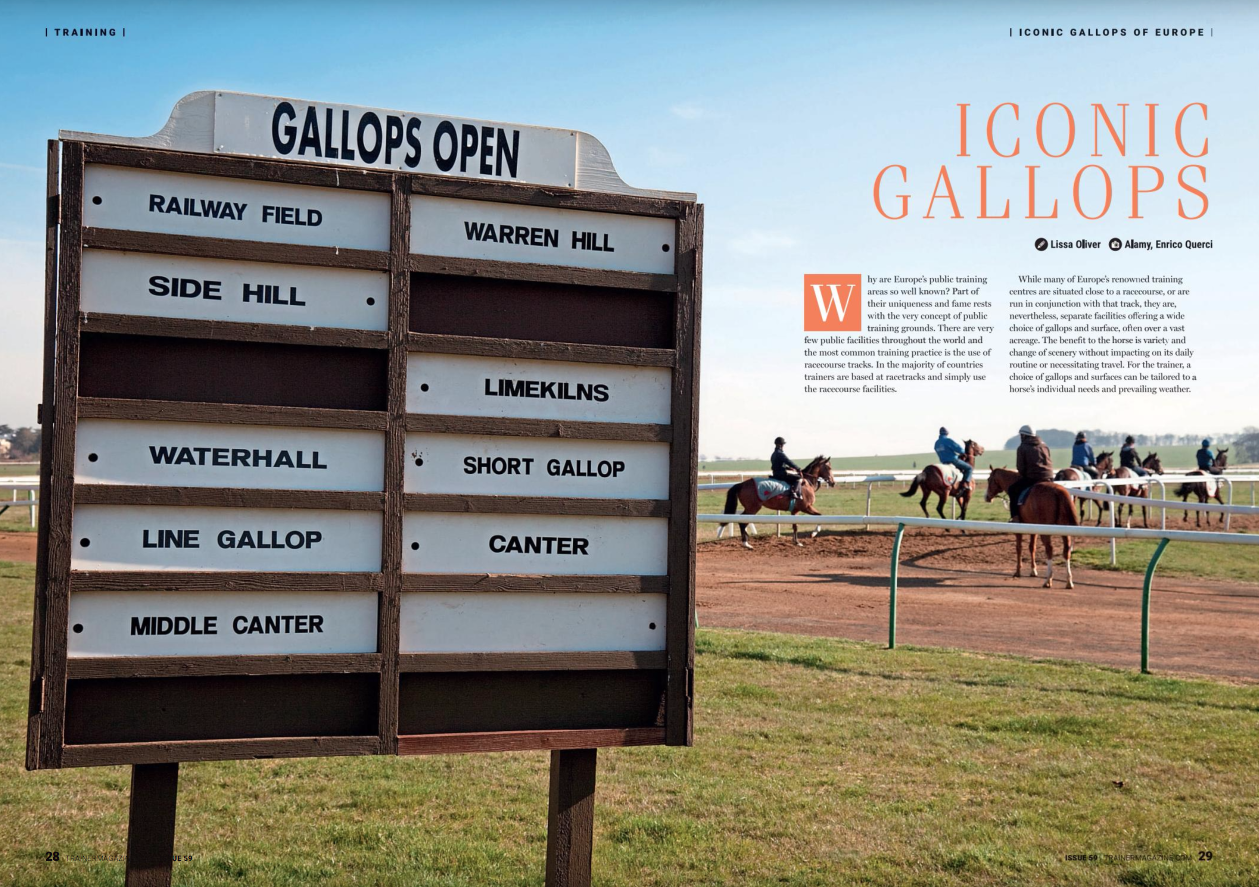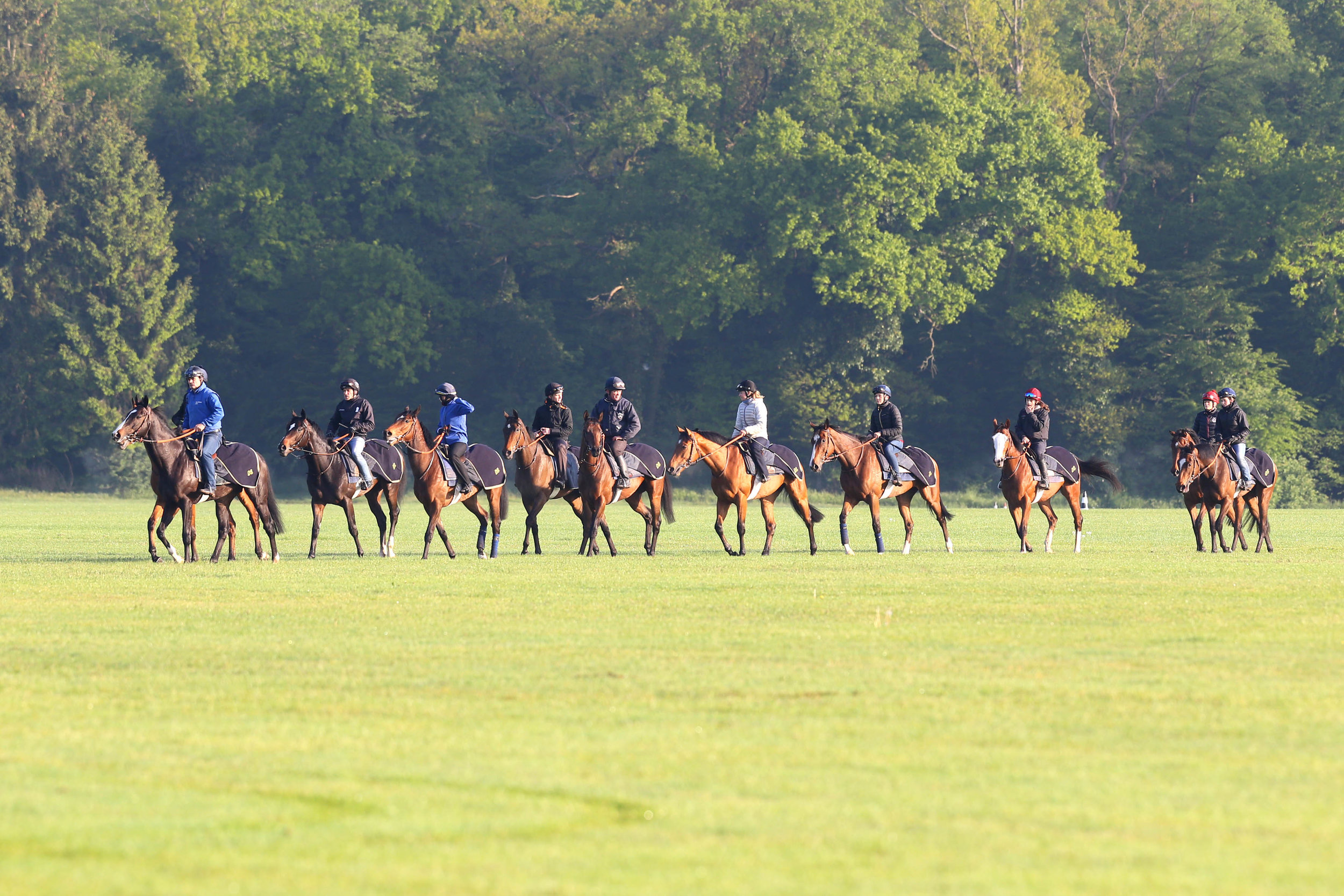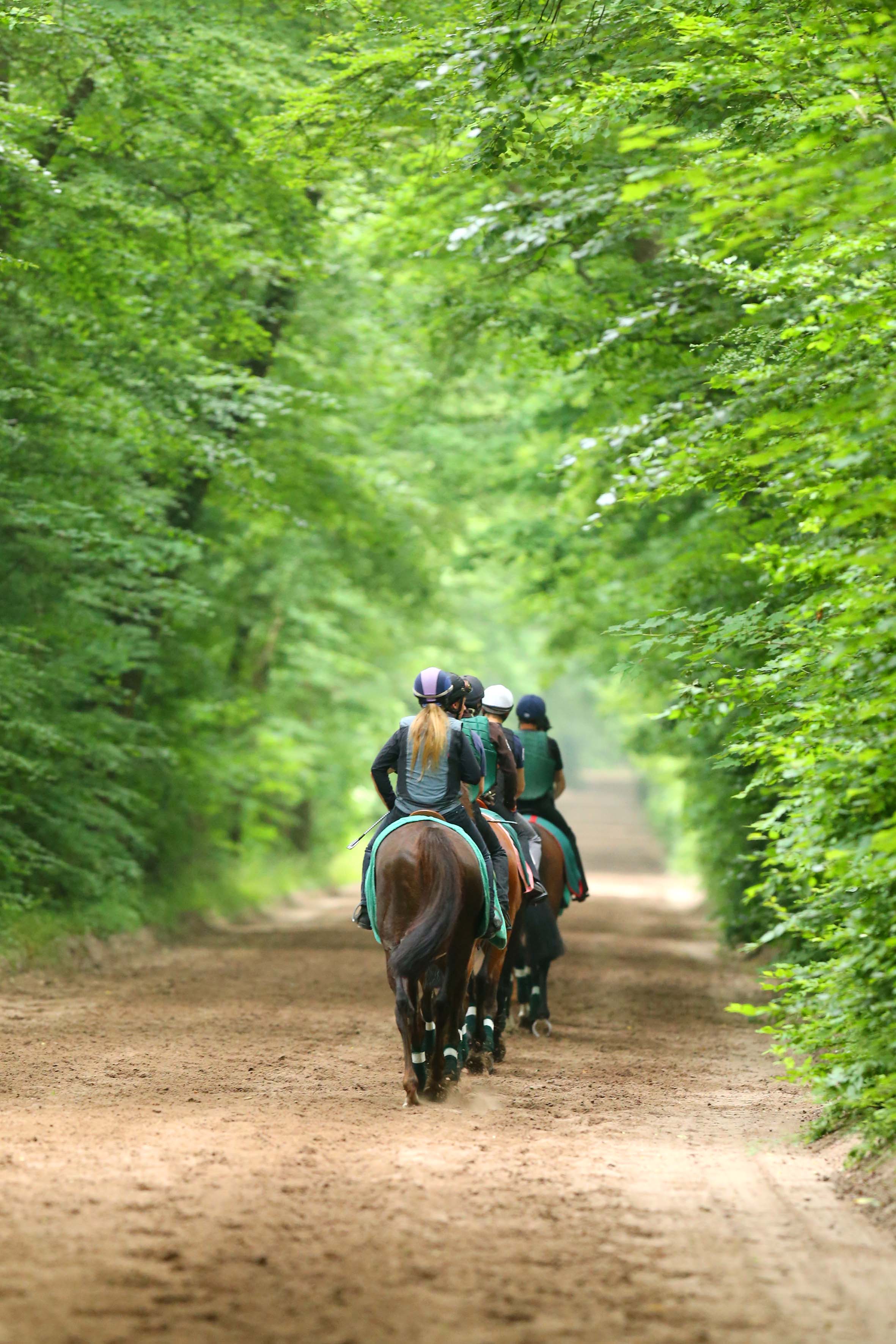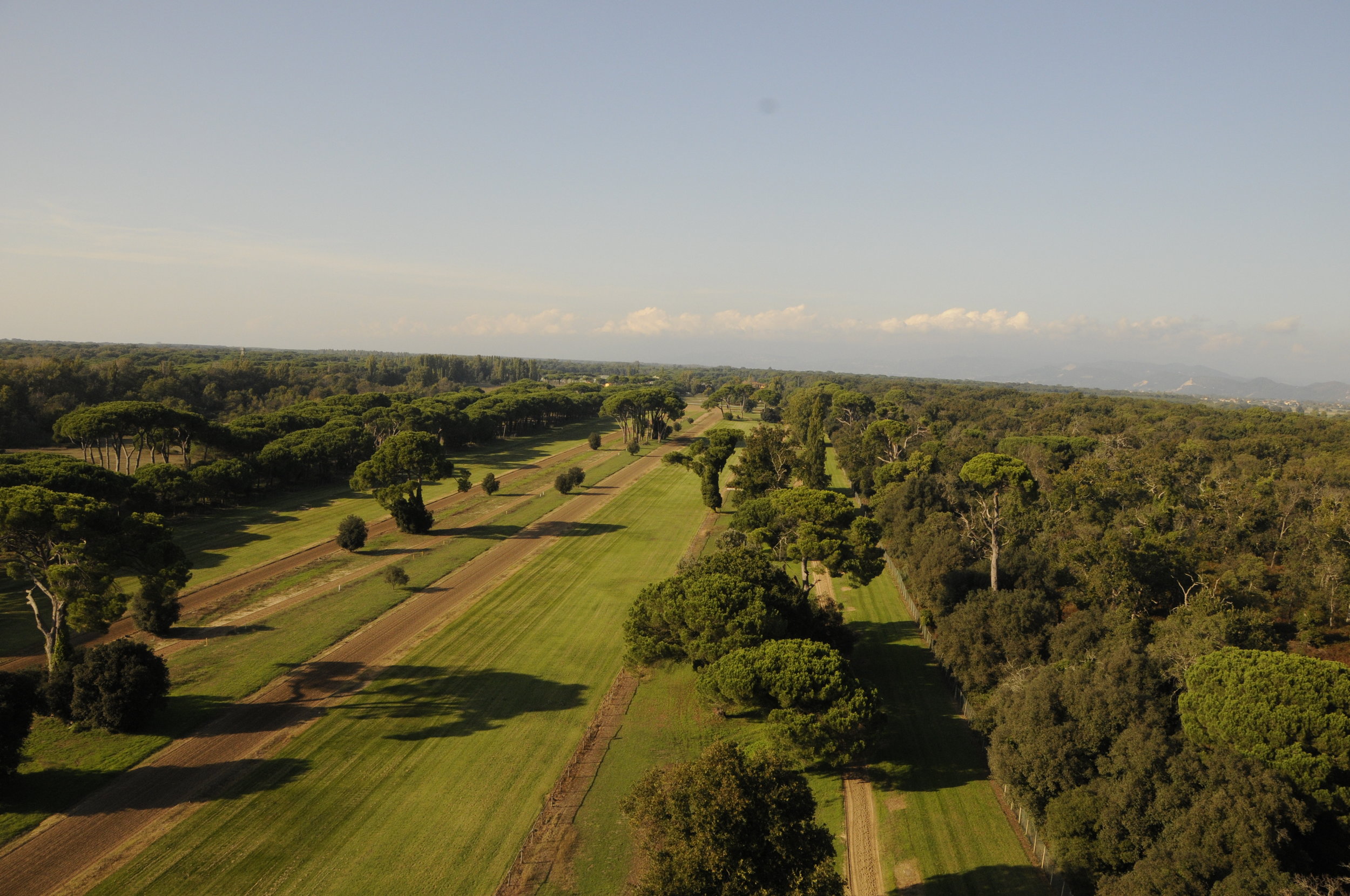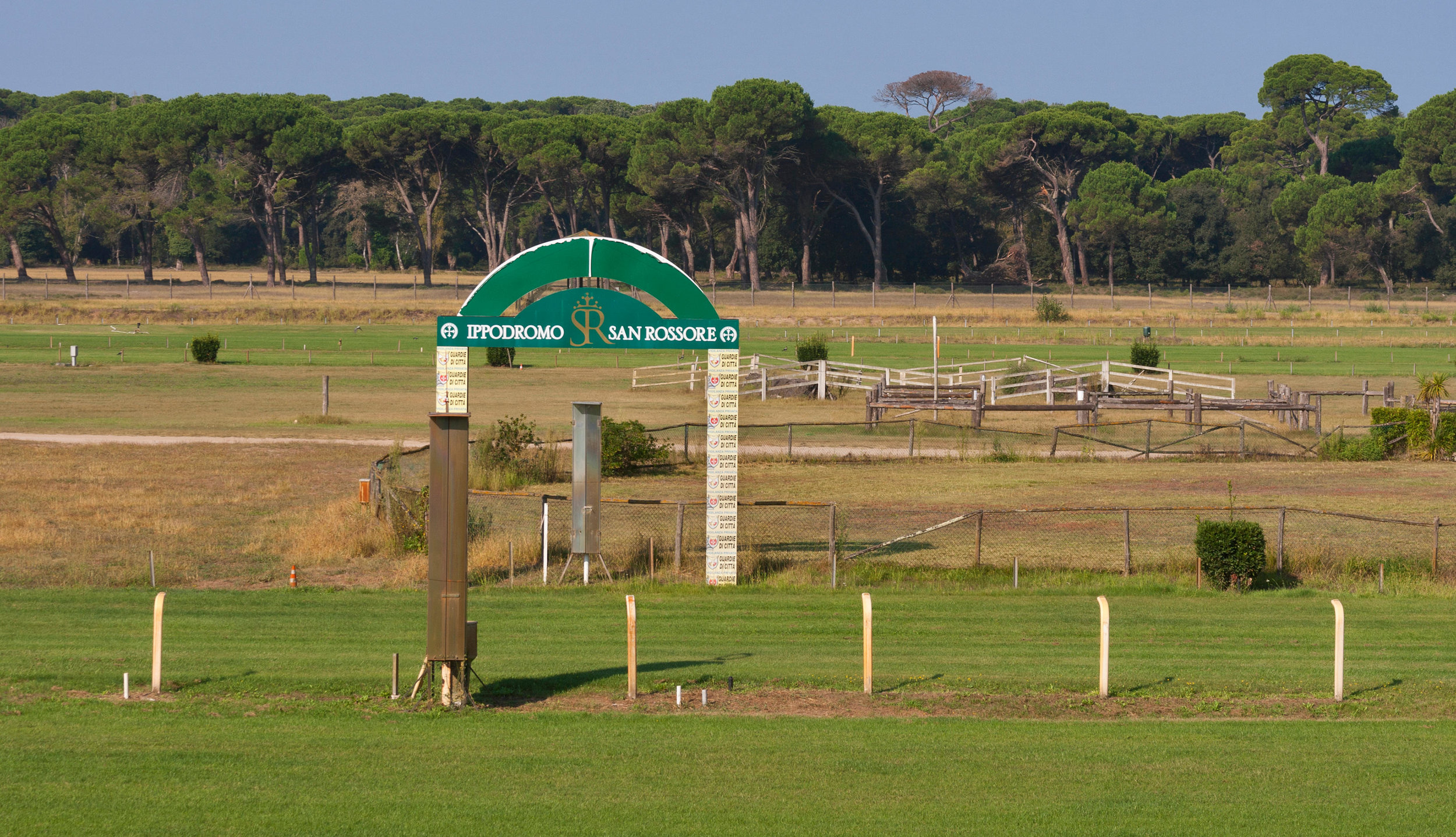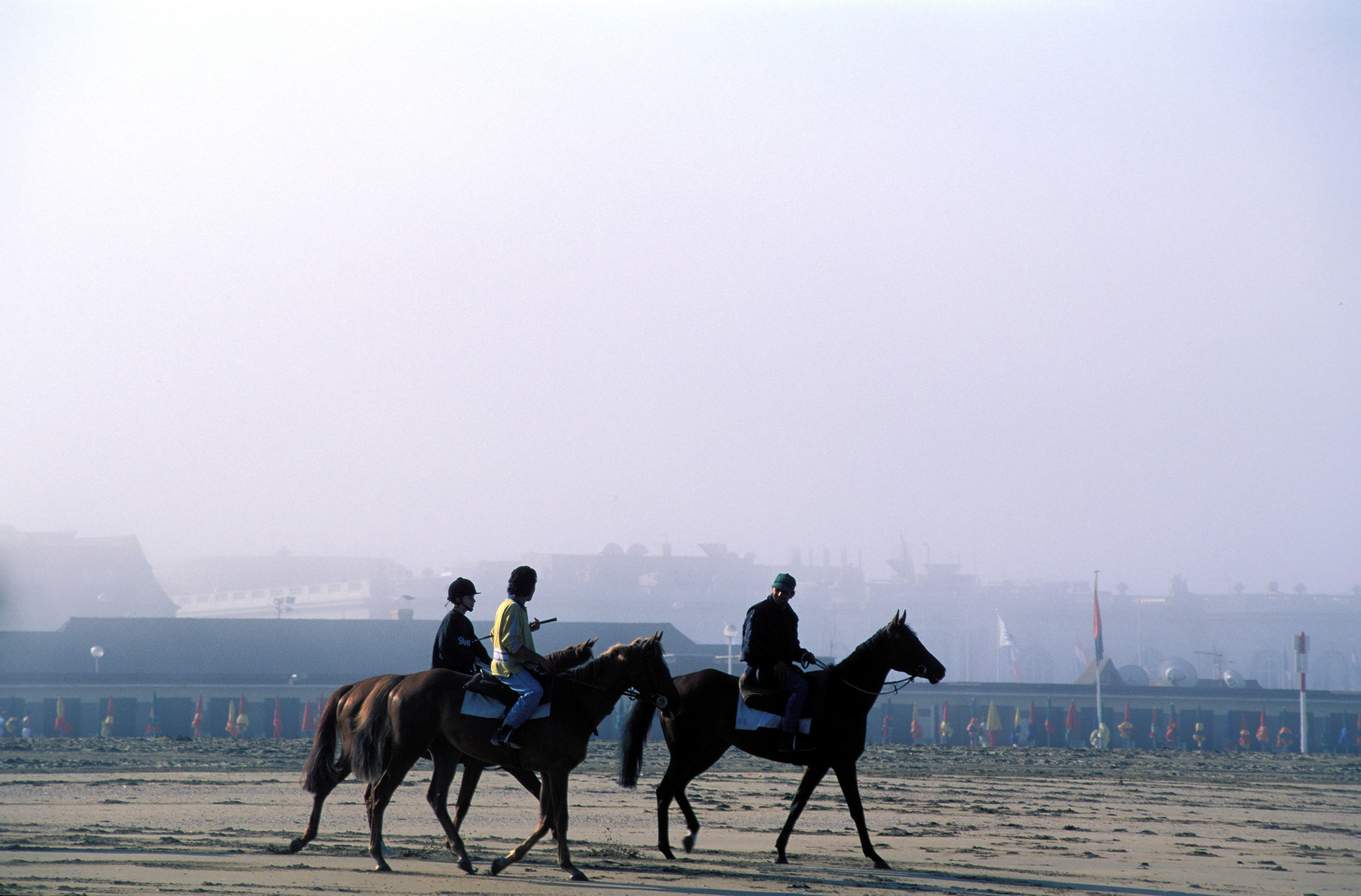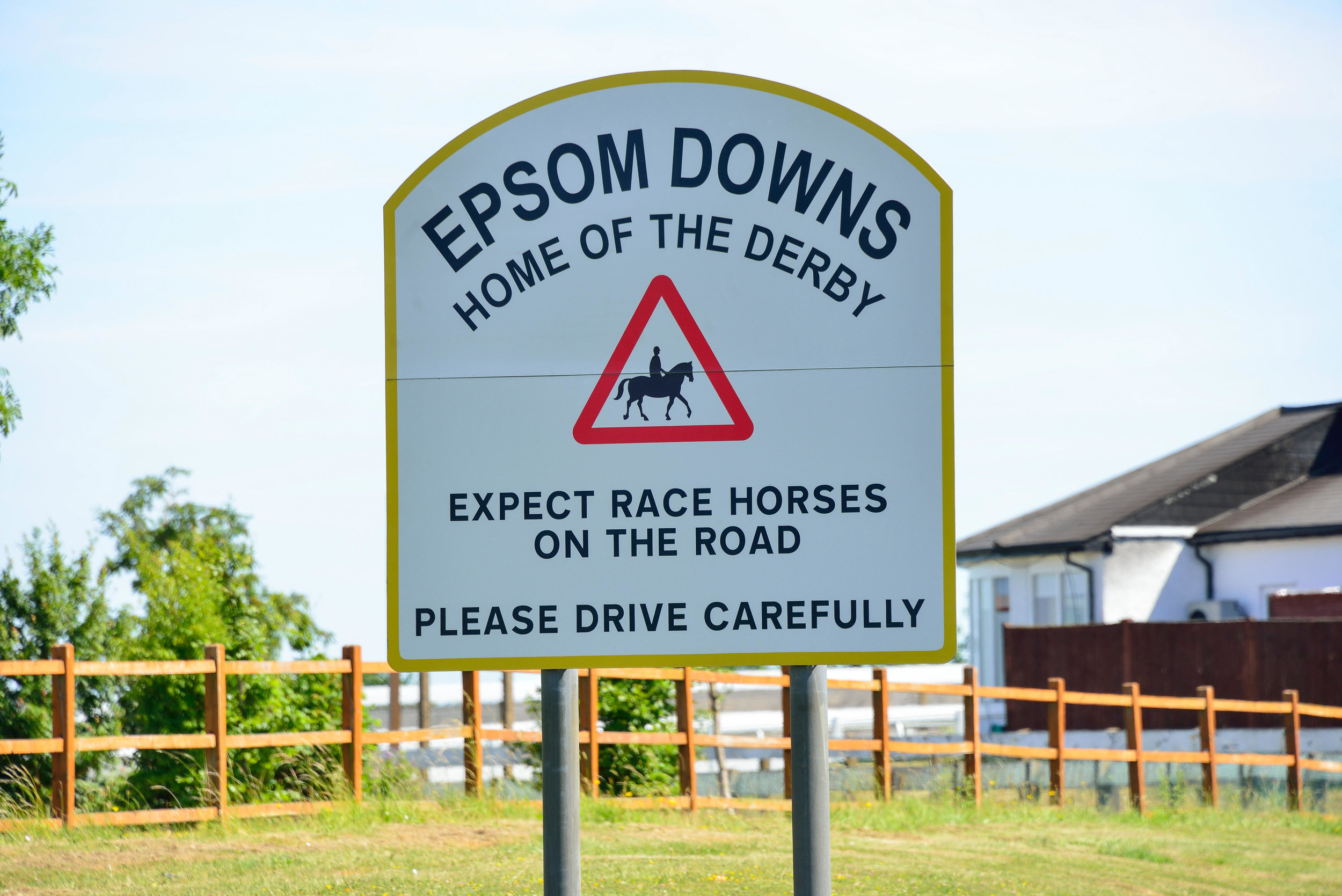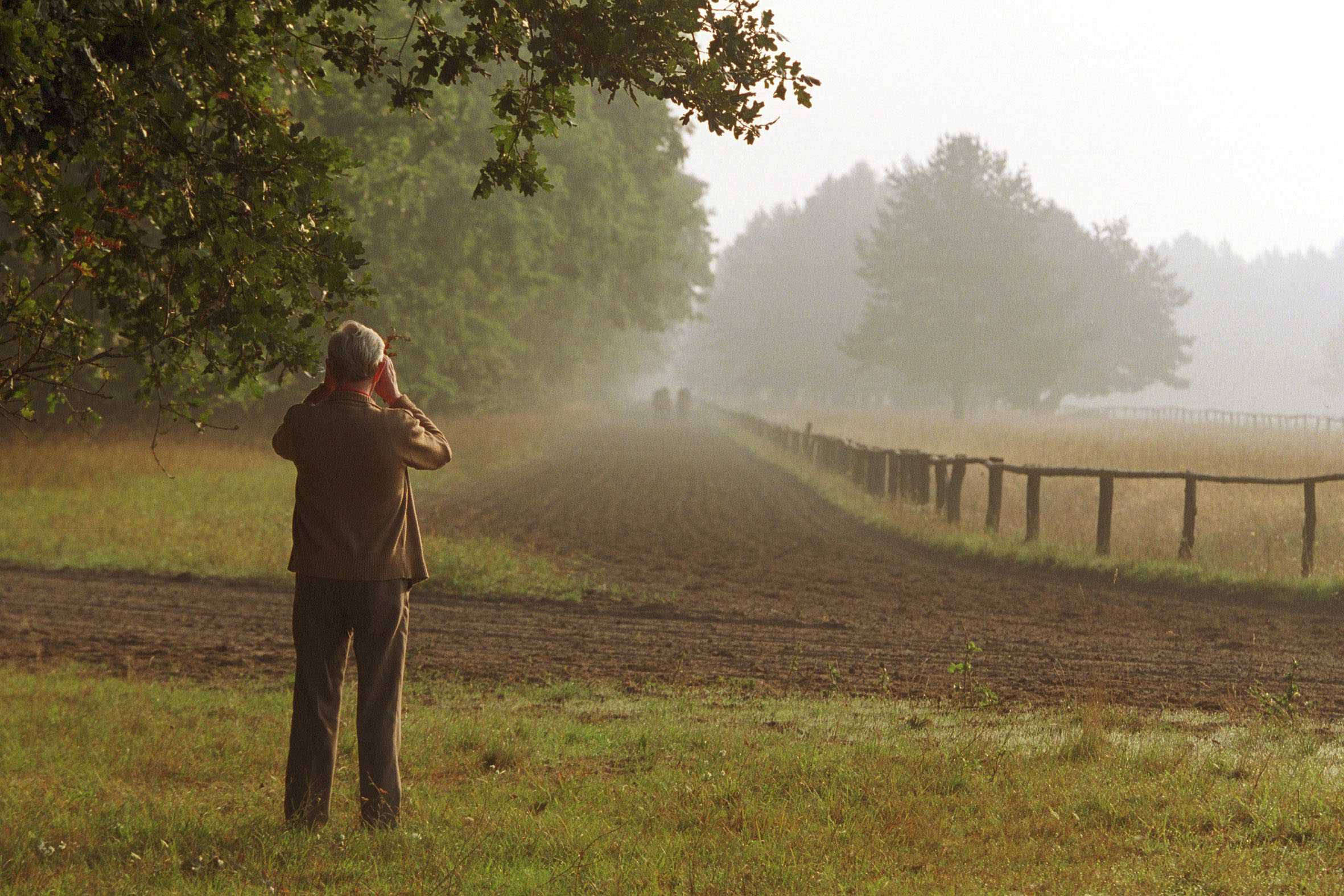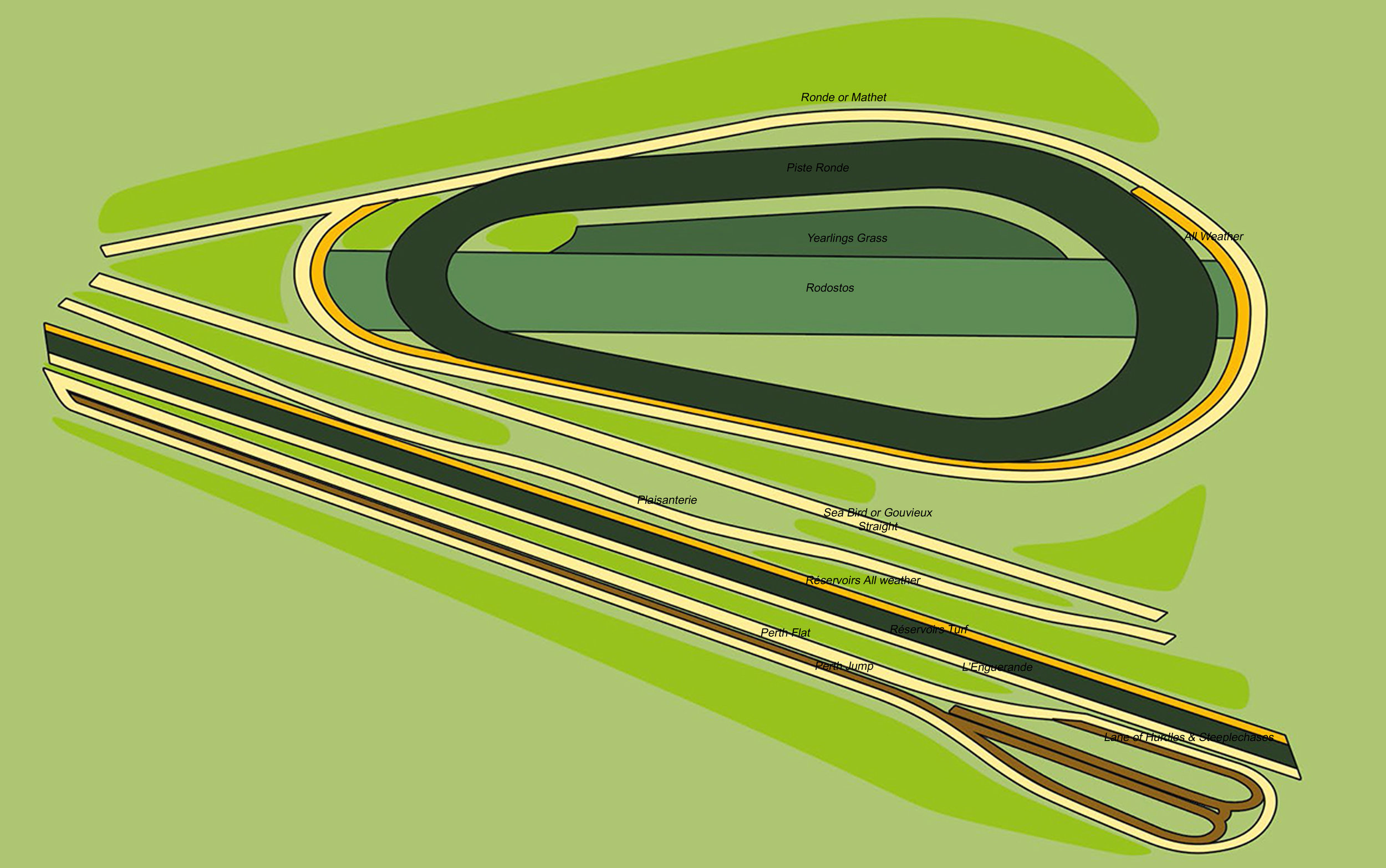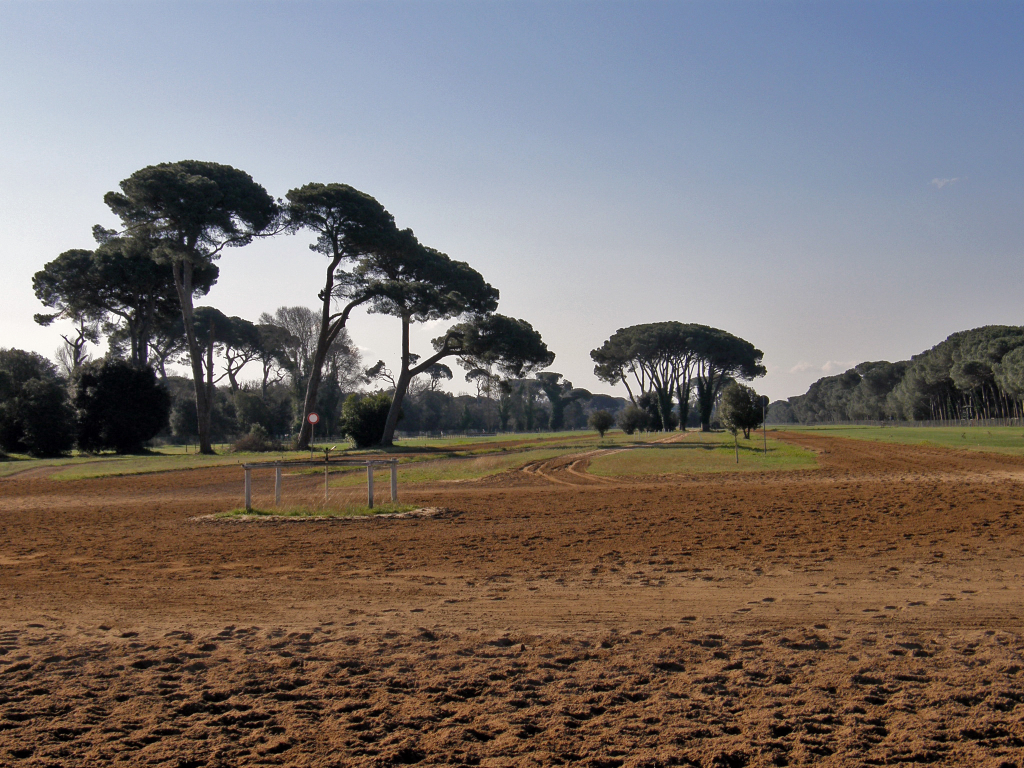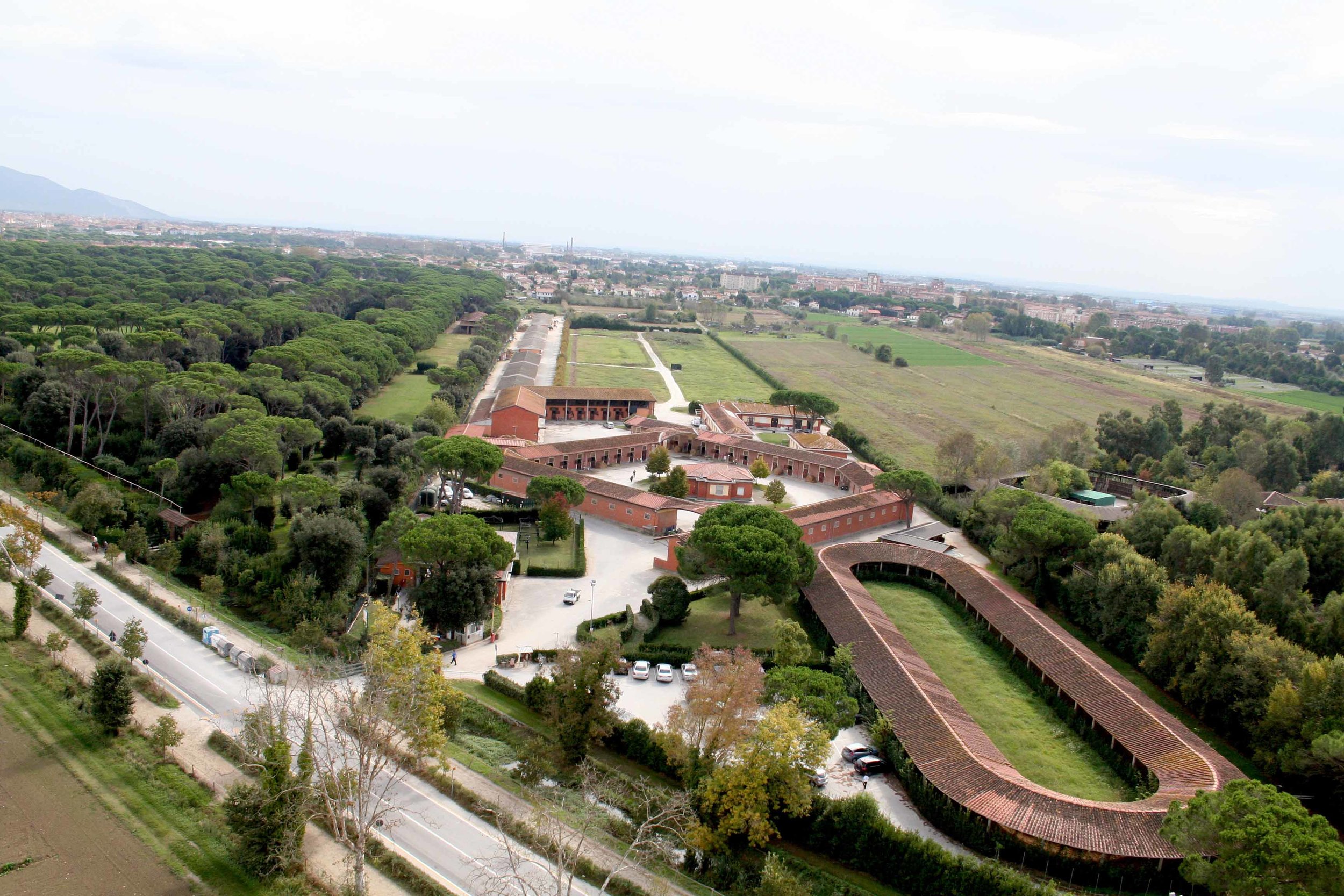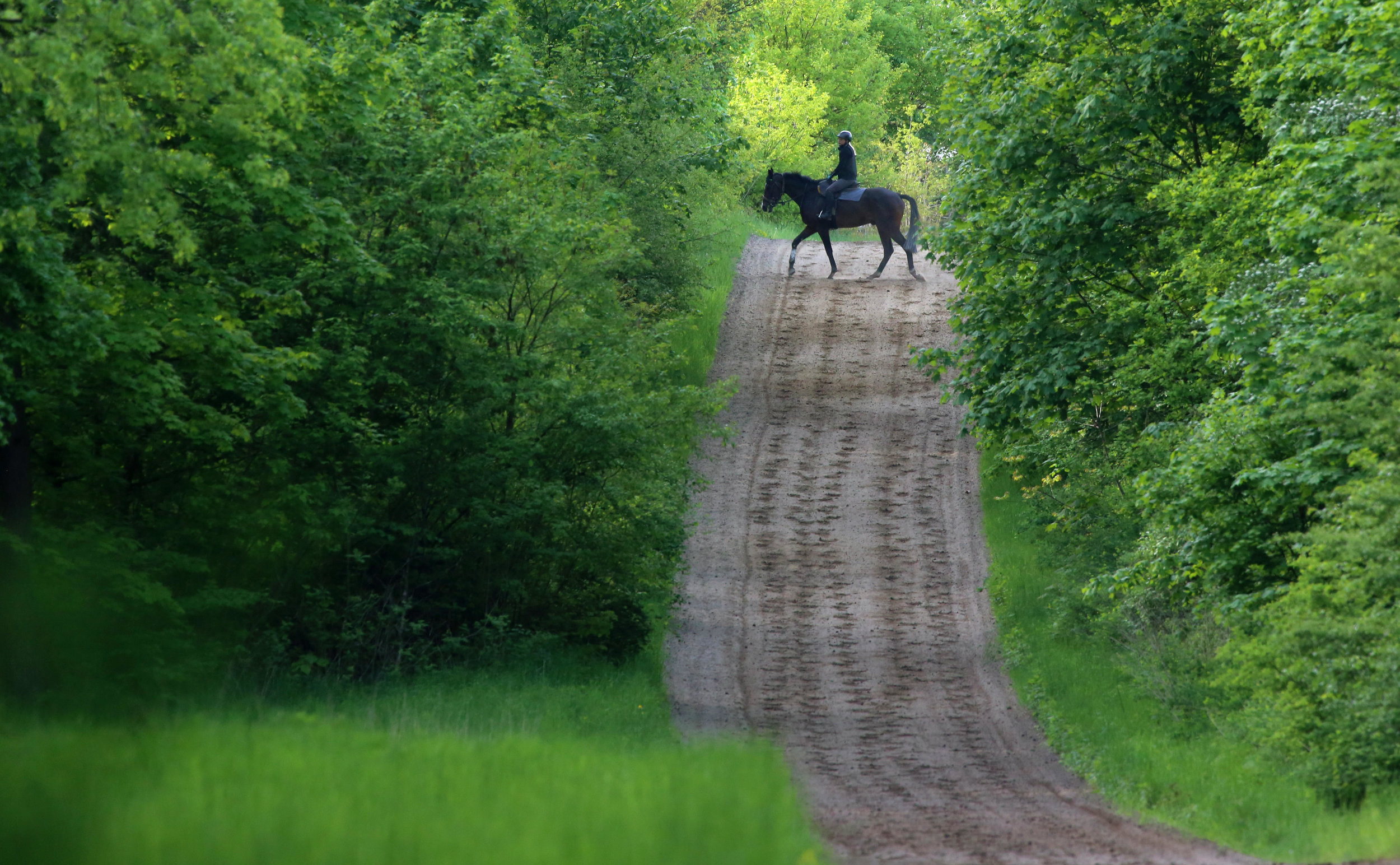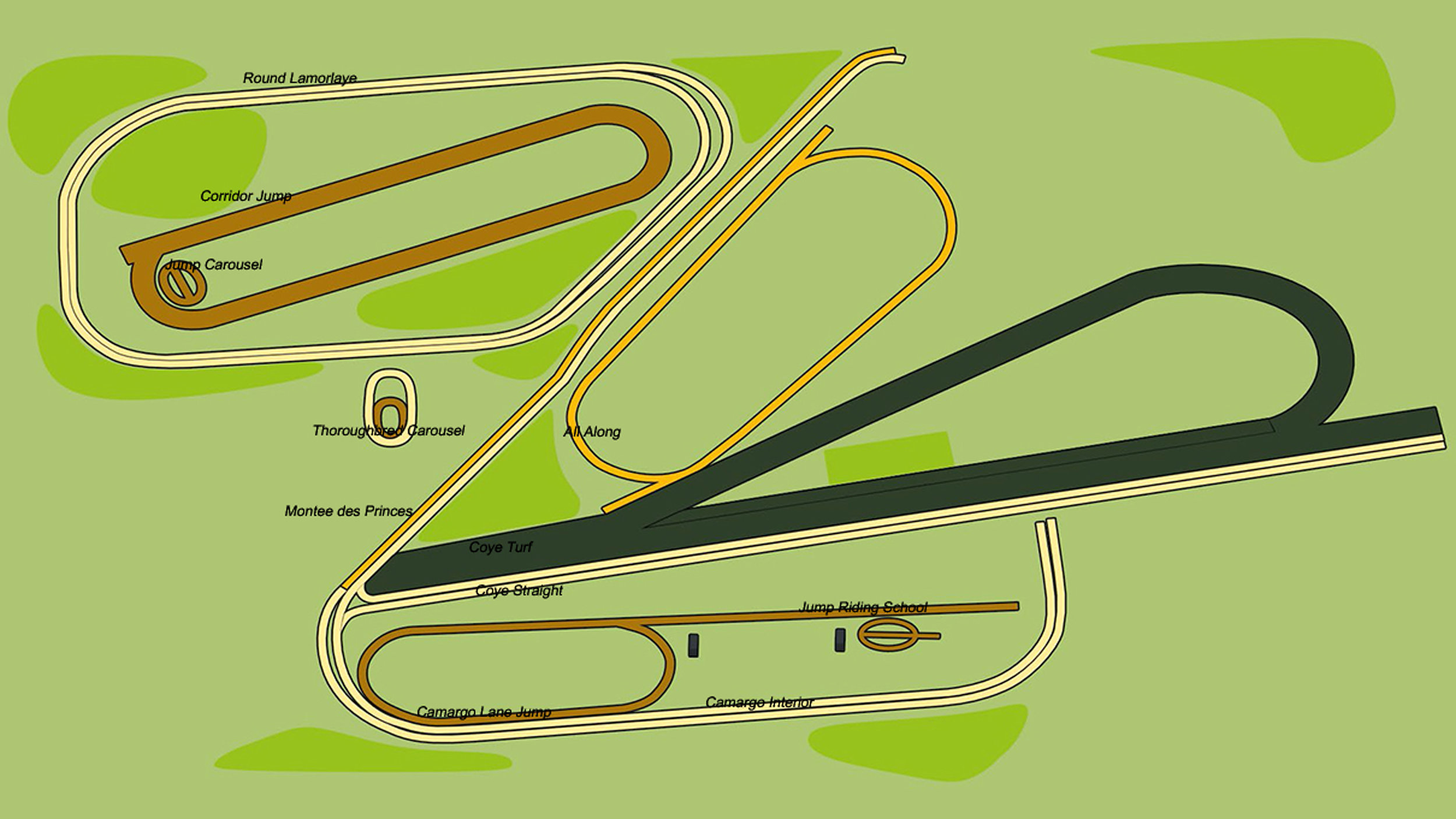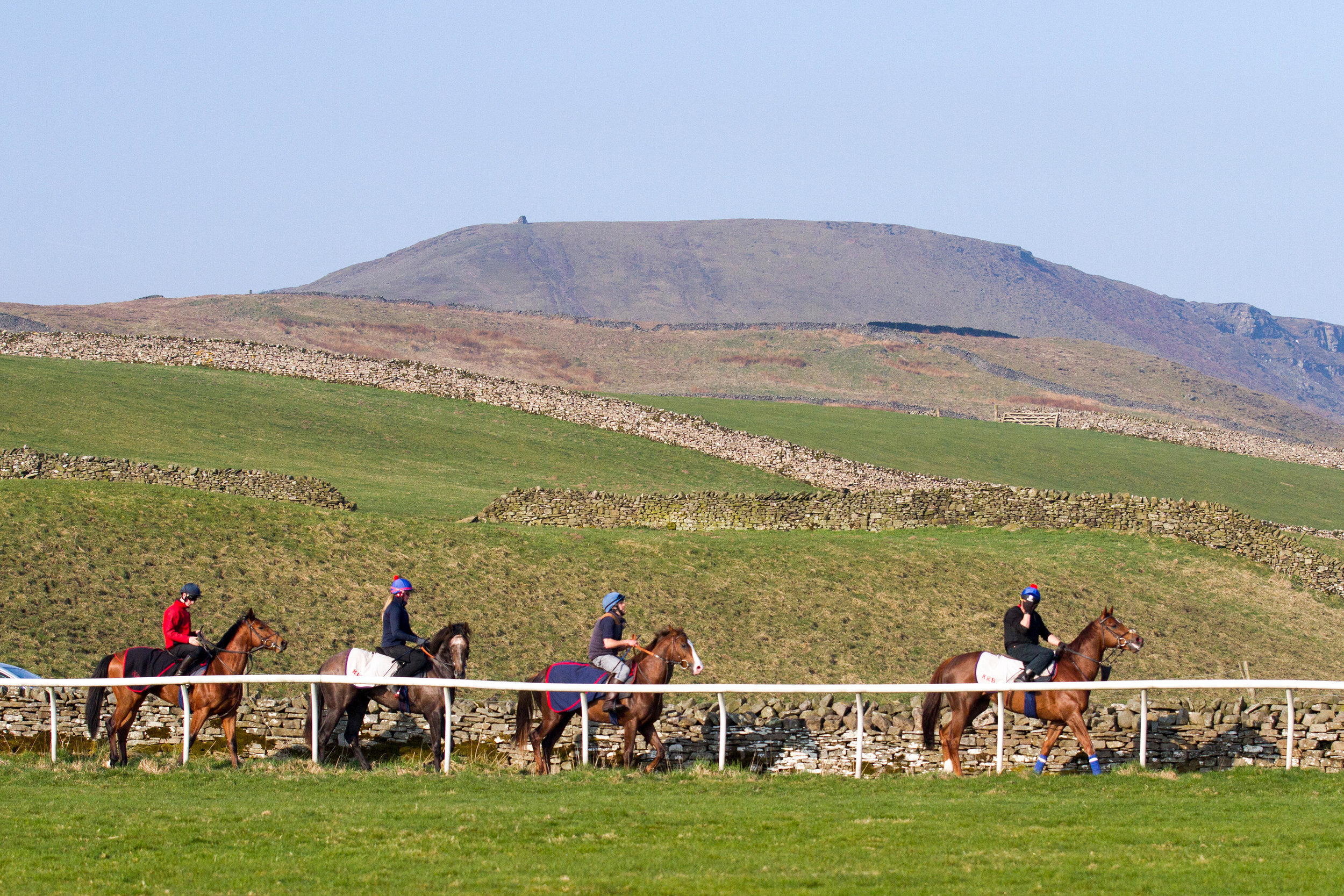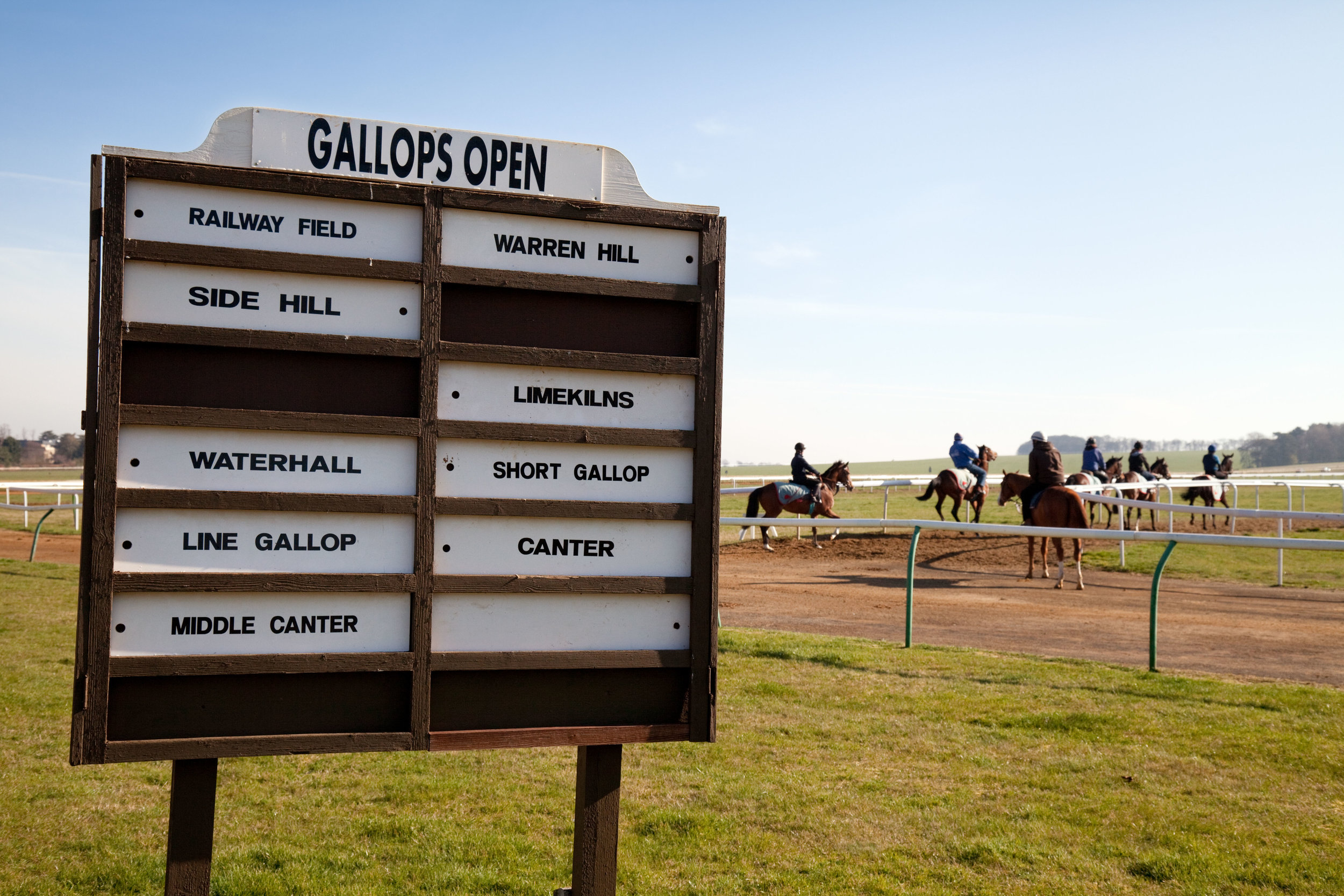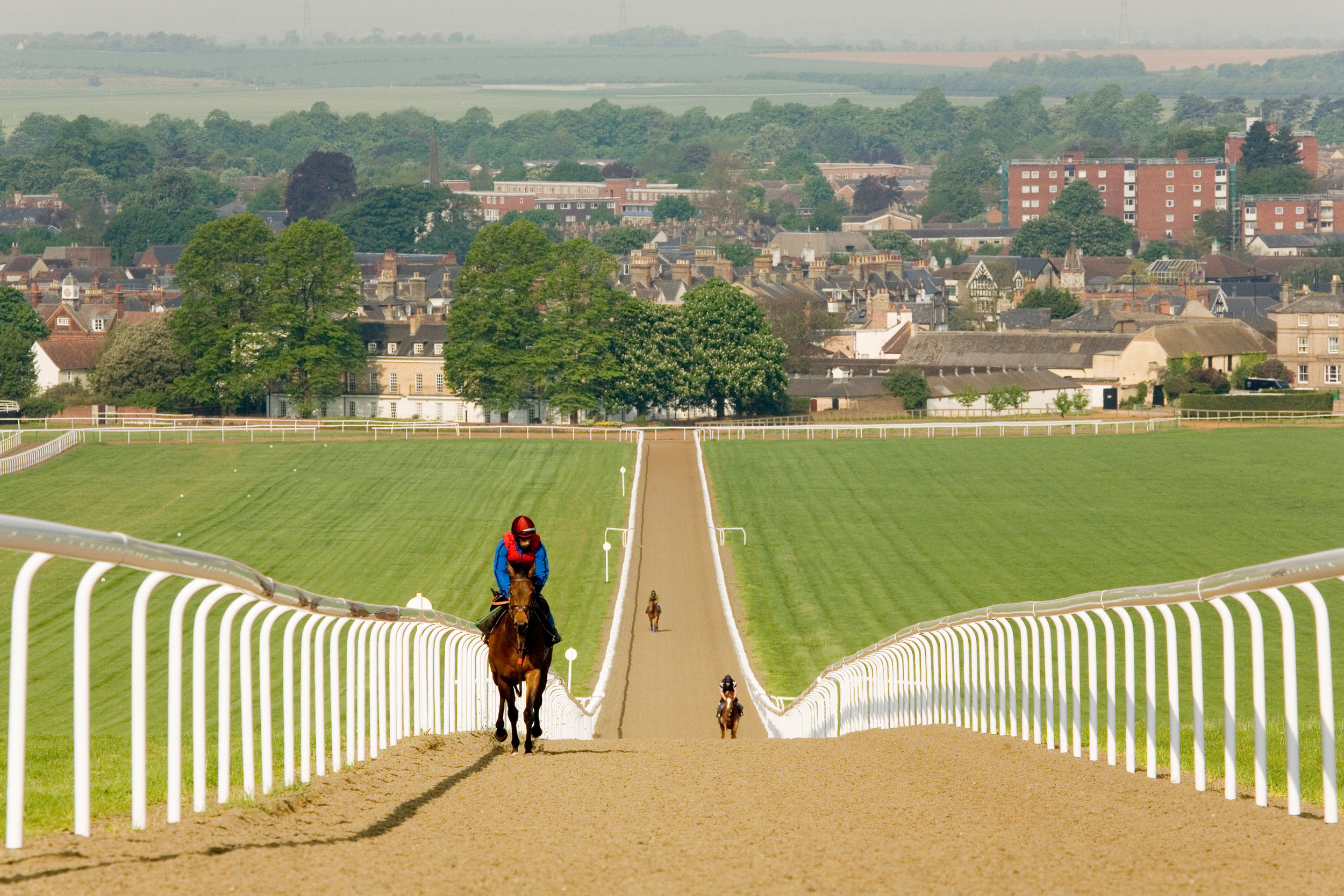On the bridle - scientific research uncovers performance advantages of different types of bridles - reducing bridle pressure
/By Dr. Russell Mackechnie-Guire
Using a modified bridle design has a significant impact on whole horse locomotion–front and hindlimb–not just the head.
Recent scientific advances have seen an increase in performance-based research, particularly in the sport horse world where a podium finish can depend on the smallest of margins. The findings from the sport horse research can be translated to the racing thoroughbred where the shortest distance can put you first past the post. All items of training tack and equipment have found themselves under scientific scrutiny, with some unexpected results which could have significant effects on racehorse performance.
Perhaps one of the most surprising discoveries was the effect that bridle fit and design has on the locomotor apparatus of the horse (biomechanics). The bridle is a neglected item of tack which has, until now, received little scientific attention.
Ahead of the game
As well as improving locomotion these findings could have a significant benefit when it comes to resolving common issues affecting race performance, such as oral lesions in the commissures (corners) of the lips, tongue lolling and hanging, as well as steering or control issues.
A sensor mat was used under many different bridles and nosebands to measure and record pressure on the horse’s head in motion.]
Research indicates that these behaviours are likely to occur as a result of the horse seeking relief from bridle pressure and instability. Tongue ties or Australian nosebands are two examples of gadgets traditionally used to remedy these issues, but they have their own welfare and pressure-inducing concerns. A more effective solution would be to remove the primary cause of discomfort which leads to the negative or undesirable behaviour by using a modified pressure-relieving bridle design.
Pressure head
Research using a calibrated pressure sensor mat, which was positioned beneath all parts of the bridle, revealed interesting findings and disproved some long-held assumptions.
It had long been thought that horses experience bridle pressure directly on their poll. In contrast, the research team found no significant areas of pressure over the poll. Instead, areas of high peak pressure were located at the base of the ears in the region where the browband attaches to the headpiece. Anatomically this corresponds to the temporomandibular joint (TMJ). The TMJ is an essential part of the physiological apparatus, associated with the swallow reflex and the hyoid apparatus (see anatomy panel). The location of pressure (base of the ear and TMJ) was consistent in all commonly-used headpieces and occurred at the same moment in the stride, regardless of the make or design.
Important locomotor muscles are all linked to the mouth and tongue via the hyoid.
The research team also used gait analysis where markers are placed on the horse’s anatomical locations (joints), allowing locomotion to be measured. …

![[MAIN PIC CREDIT - Steven Cargill][HEADLINE]Scientific research uncovers the performance advantages of reducing bridle pressure[STANDFIRST]Using a modified bridle design has a significant impact on whole horse locomotion–front and hindlimb–not just …](https://images.squarespace-cdn.com/content/v1/517636f8e4b0cb4f8c8697ba/1593693603151-CAL2DMAR3WZDHLNERMS4/main+pic+CREDIT+Steven+Cargill+%281%29.jpg)
![A sensor mat was used under many different bridles and nosebands to measure and record pressure on the horse’s head in motion.]](https://images.squarespace-cdn.com/content/v1/517636f8e4b0cb4f8c8697ba/1593694323039-6BMJLN0U5SU59OFM138R/PIC+1+%281%29.JPEG)



![HEADLINE]How girths have been scientifically proven to have an impact on performance[STANDFIRST]Groundbreaking research has revealed the effect girths can have on the locomotion of the galloping racehorse.[INTRODUCTION]Generally, whenever the subjec…](https://images.squarespace-cdn.com/content/v1/517636f8e4b0cb4f8c8697ba/1585071461683-08AHZLB952FUS1YHZCVF/PIC+4+-+Location+of+pressure.jpg)
![Two-dimensional motion capture is used to quantify improvements in gait.]](https://images.squarespace-cdn.com/content/v1/517636f8e4b0cb4f8c8697ba/1585071703131-01U6GO5X5EH151XZP9J7/PIC+1-+2D+Kinematics.jpg)
![The moment in the stride when peak pressure is seen—the point where the musculature is trapped between the front of girth and back of leg.]](https://images.squarespace-cdn.com/content/v1/517636f8e4b0cb4f8c8697ba/1585071881989-CZHNNANM4MBSHILV5HJX/image-asset.jpeg)




![How technology can quantify the impact saddles have on performance[OPENING PIC – half tree.jpg][STANDFIRST]Thanks to advances in technology, it is getting easier for scientists to study horses in a training environment. This, combined with recent sa…](https://images.squarespace-cdn.com/content/v1/517636f8e4b0cb4f8c8697ba/1576857005035-HPX4XCF2QZNWYEOZGFCA/PP690W.jpg)








